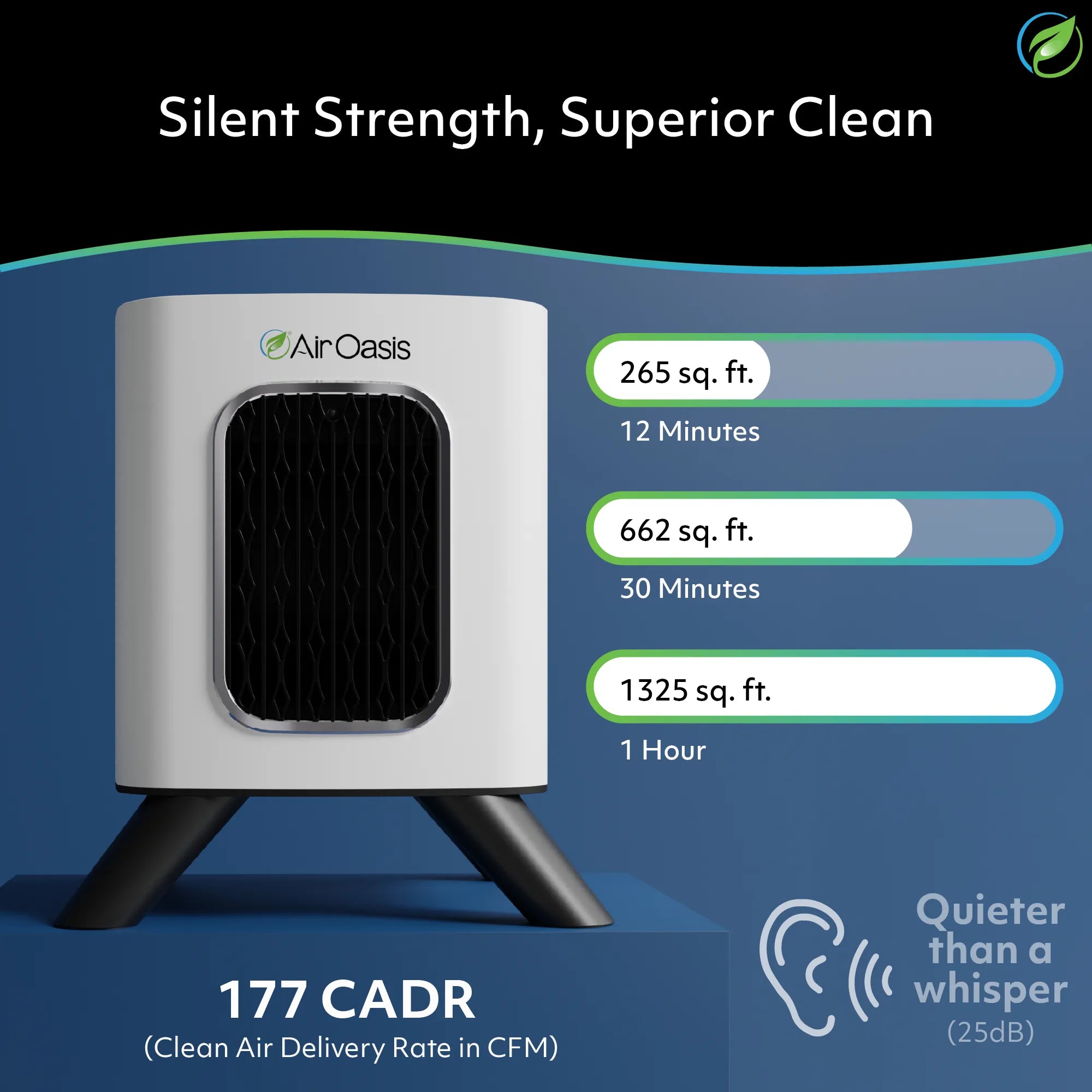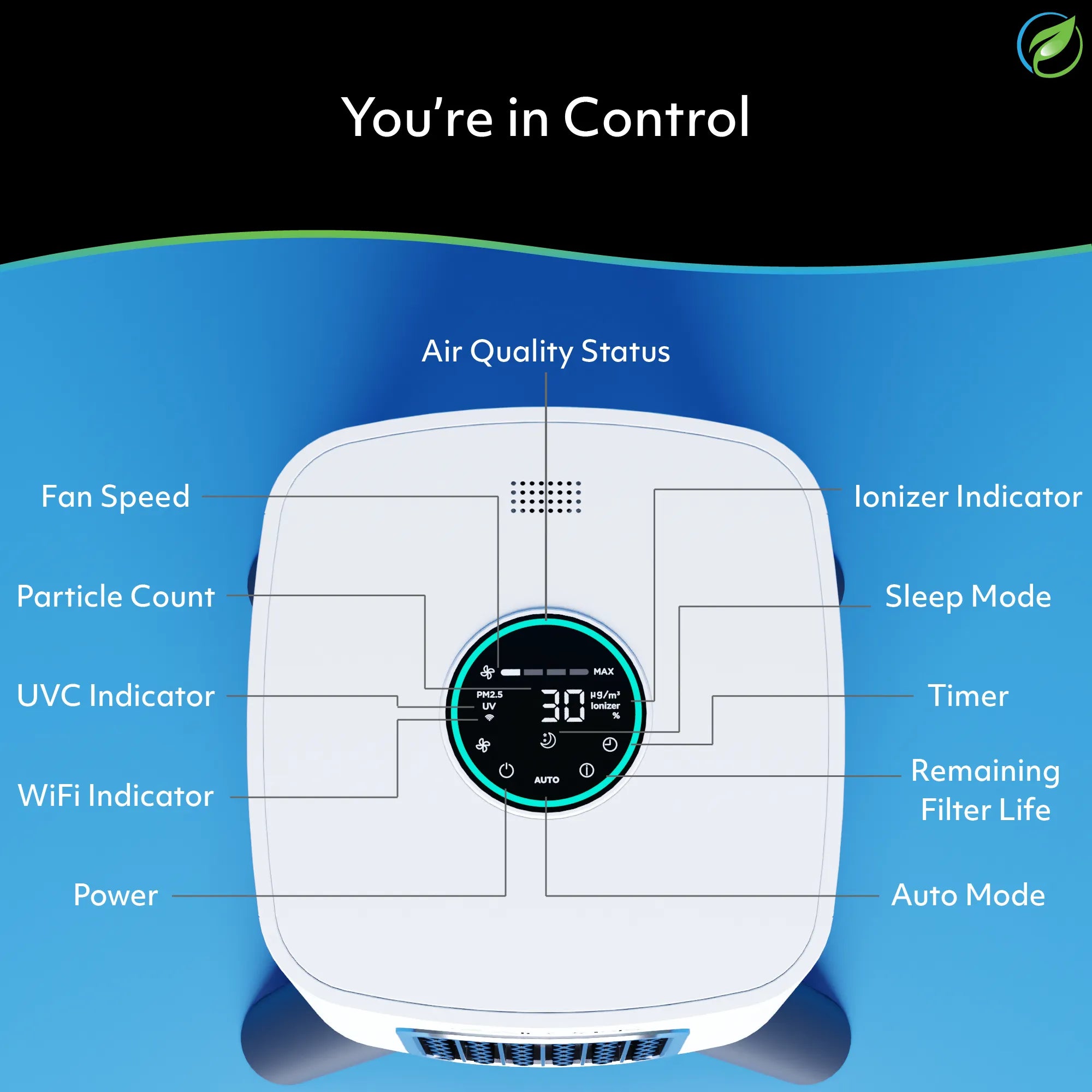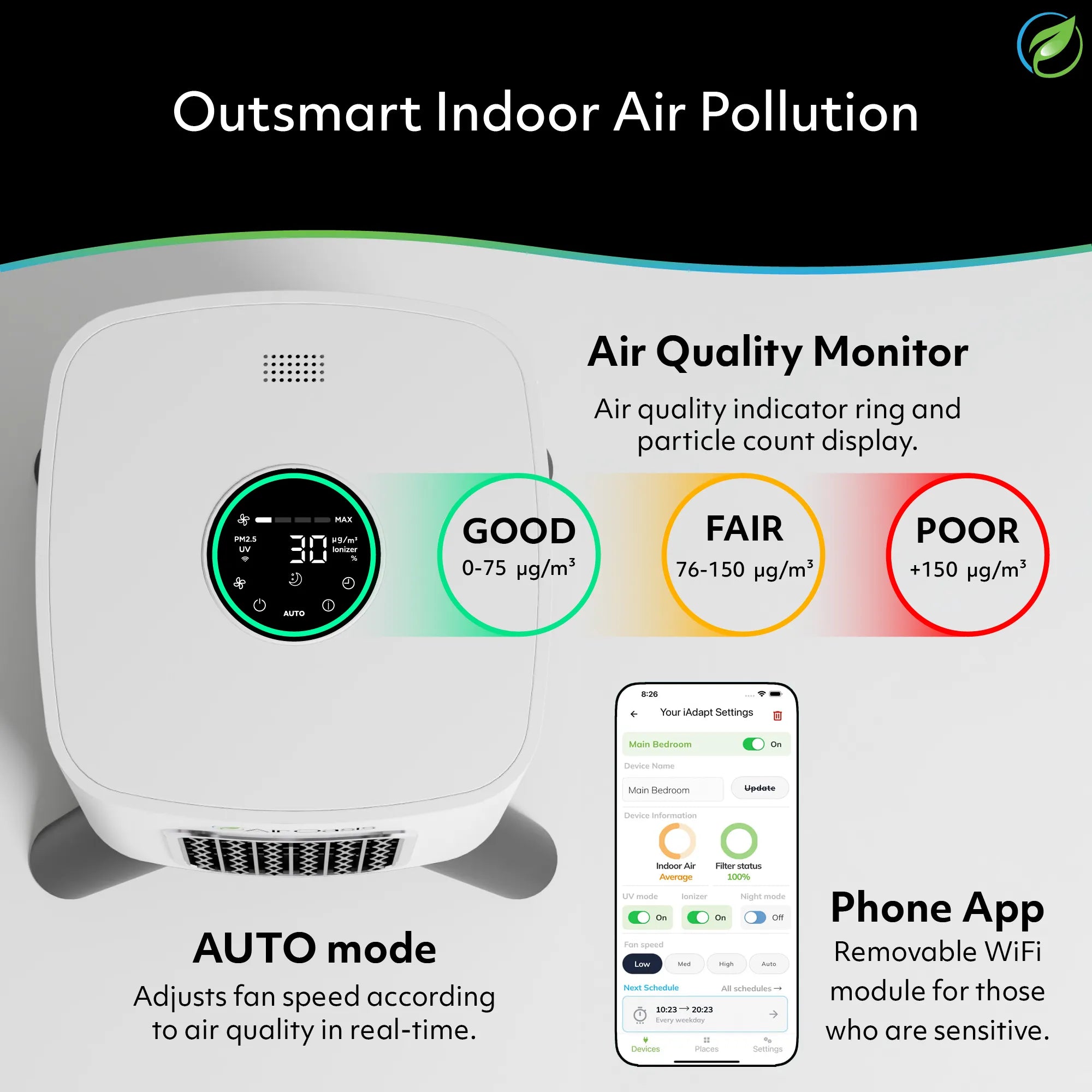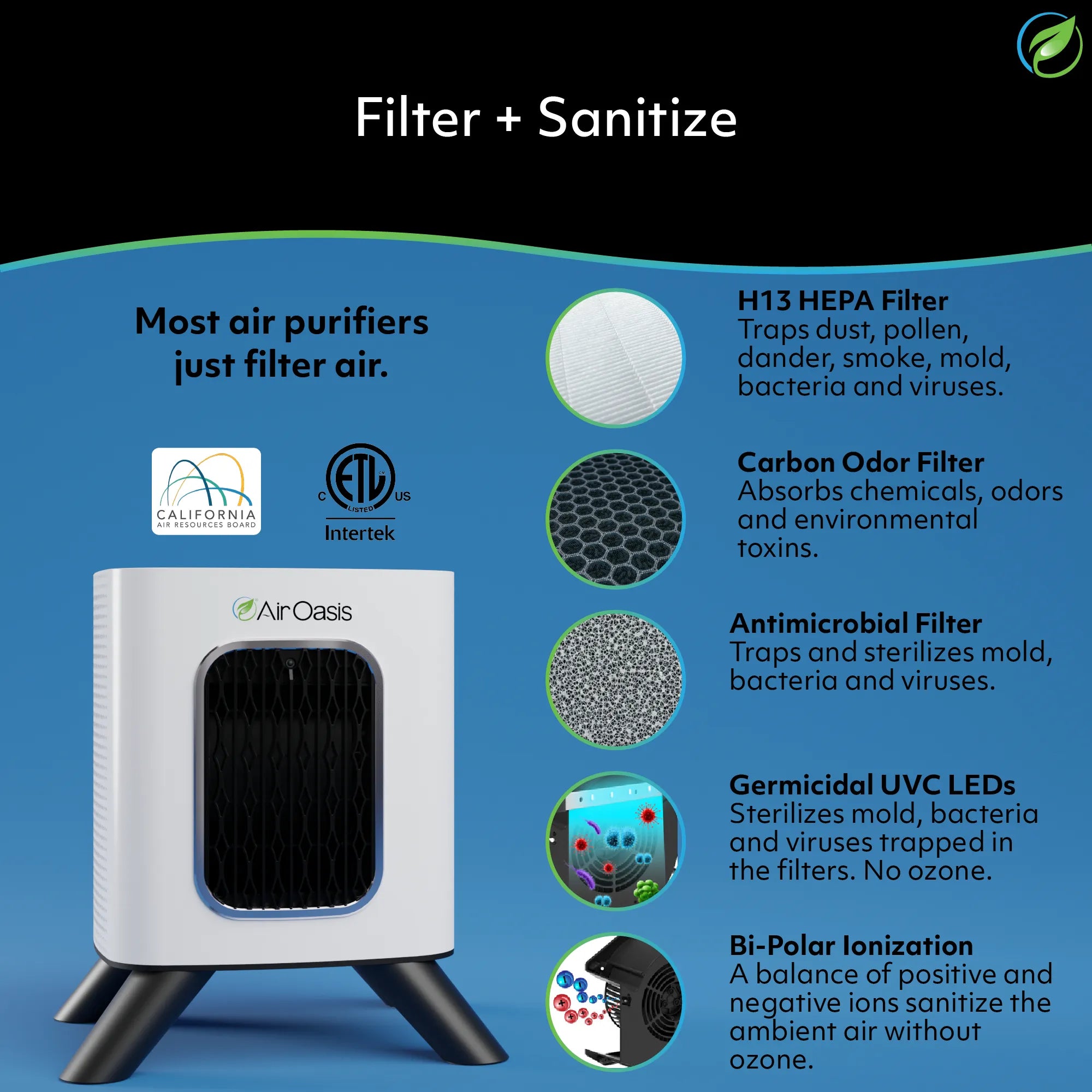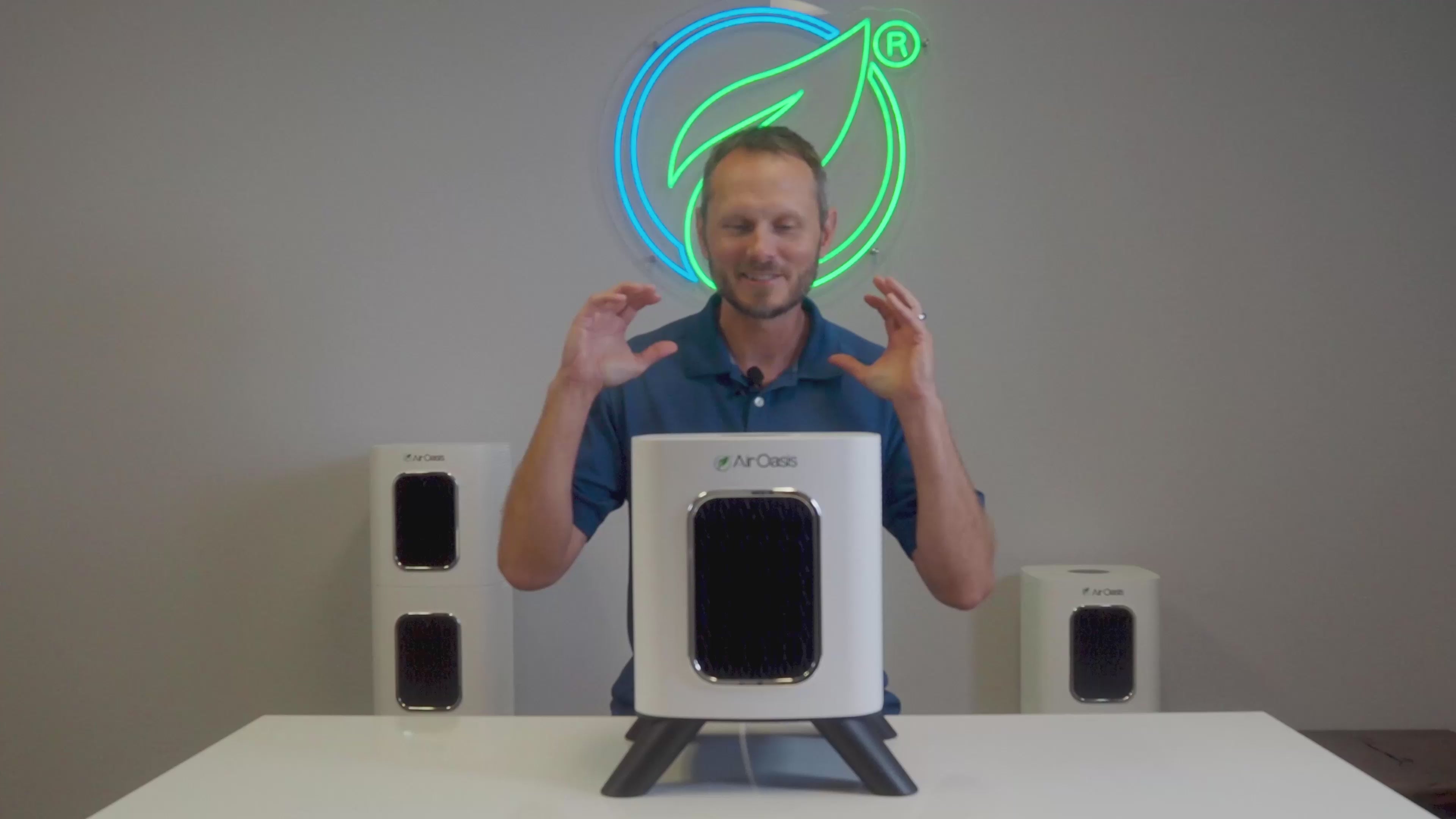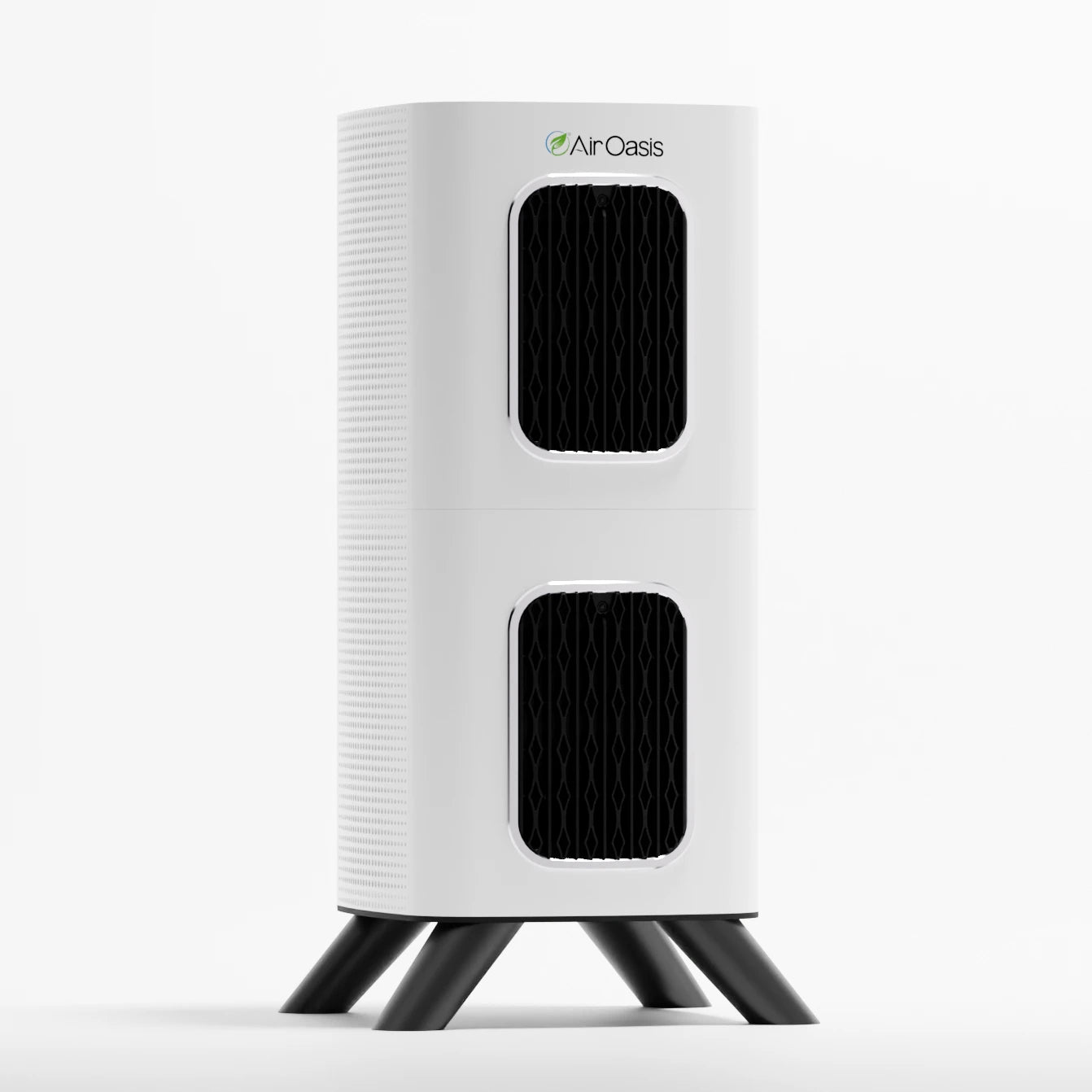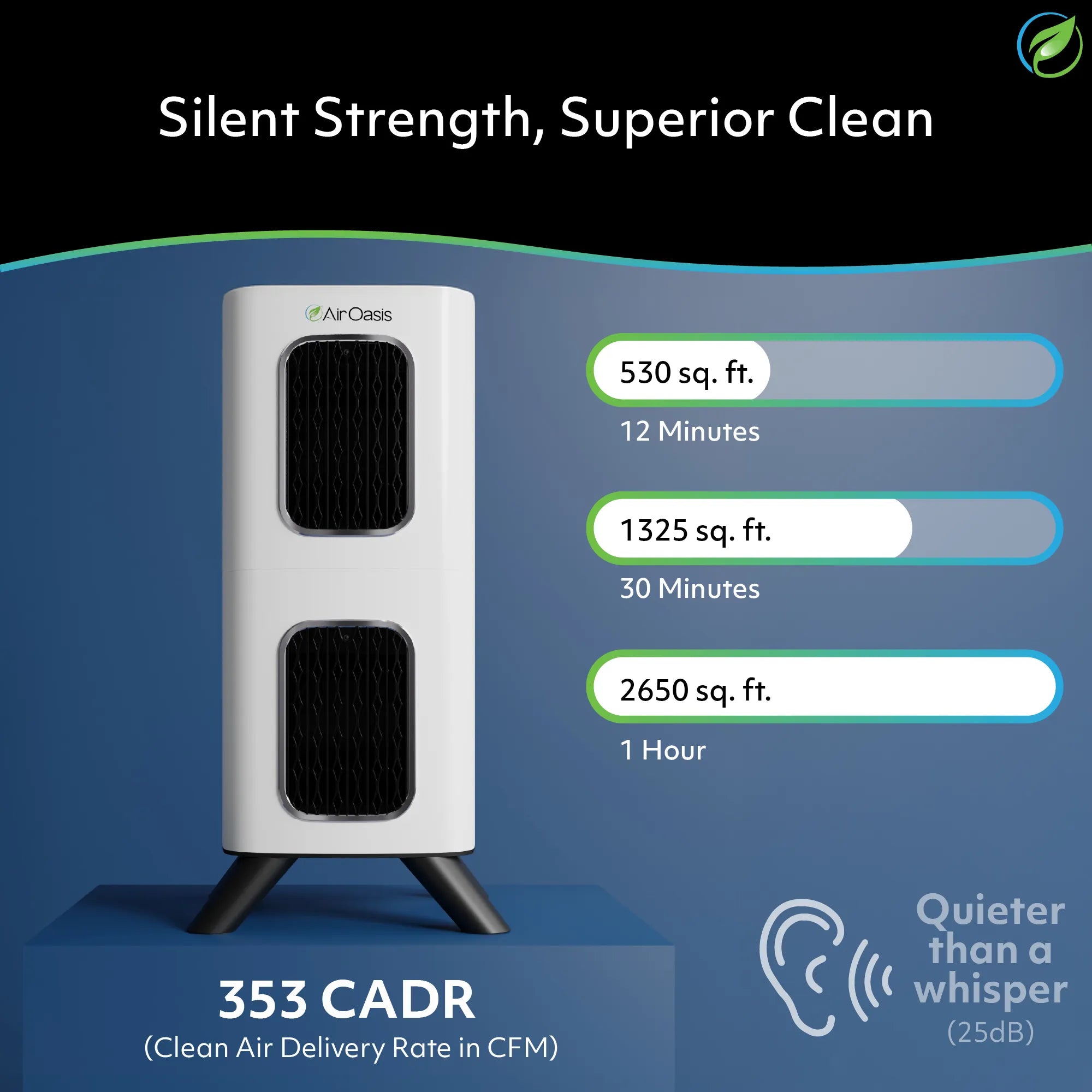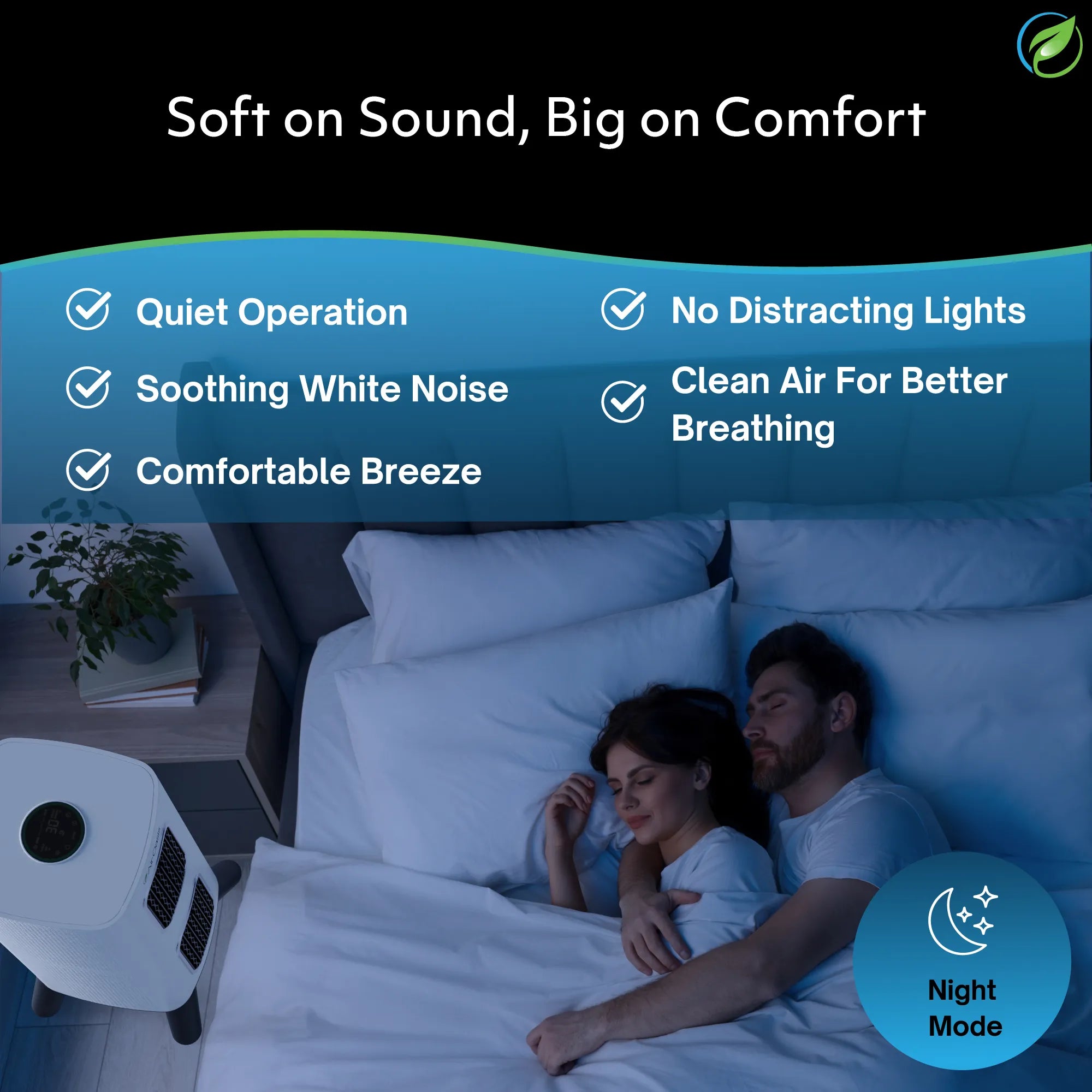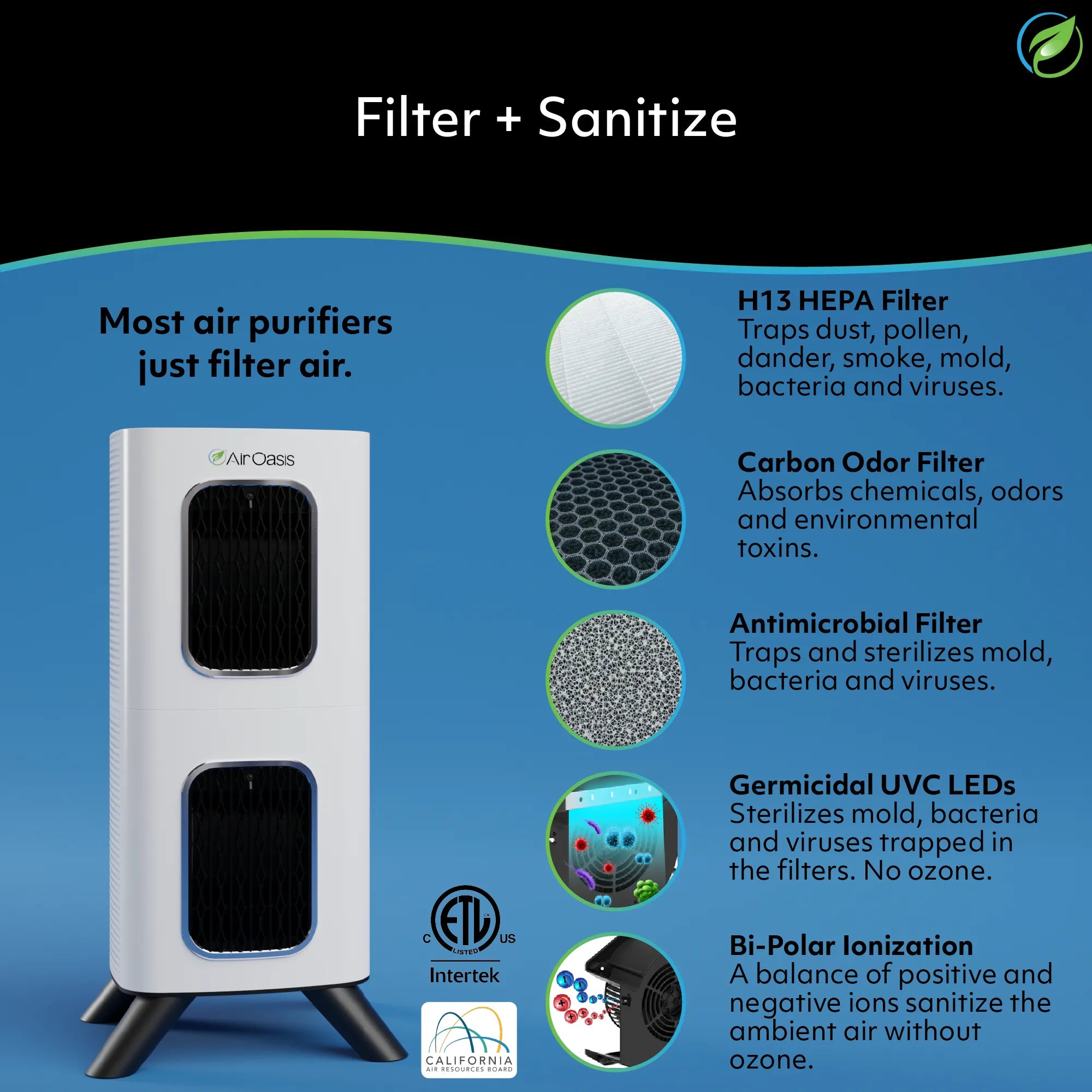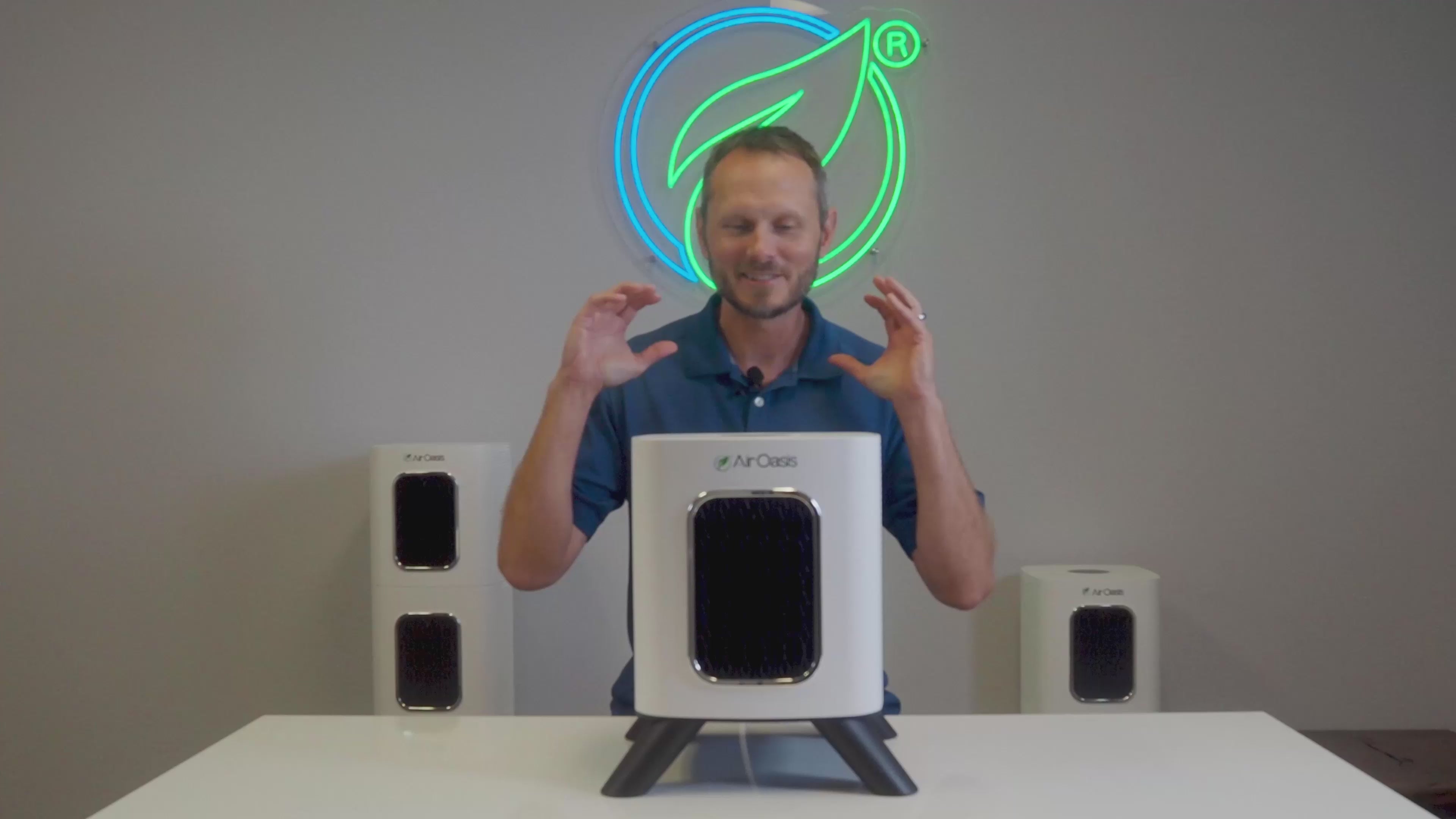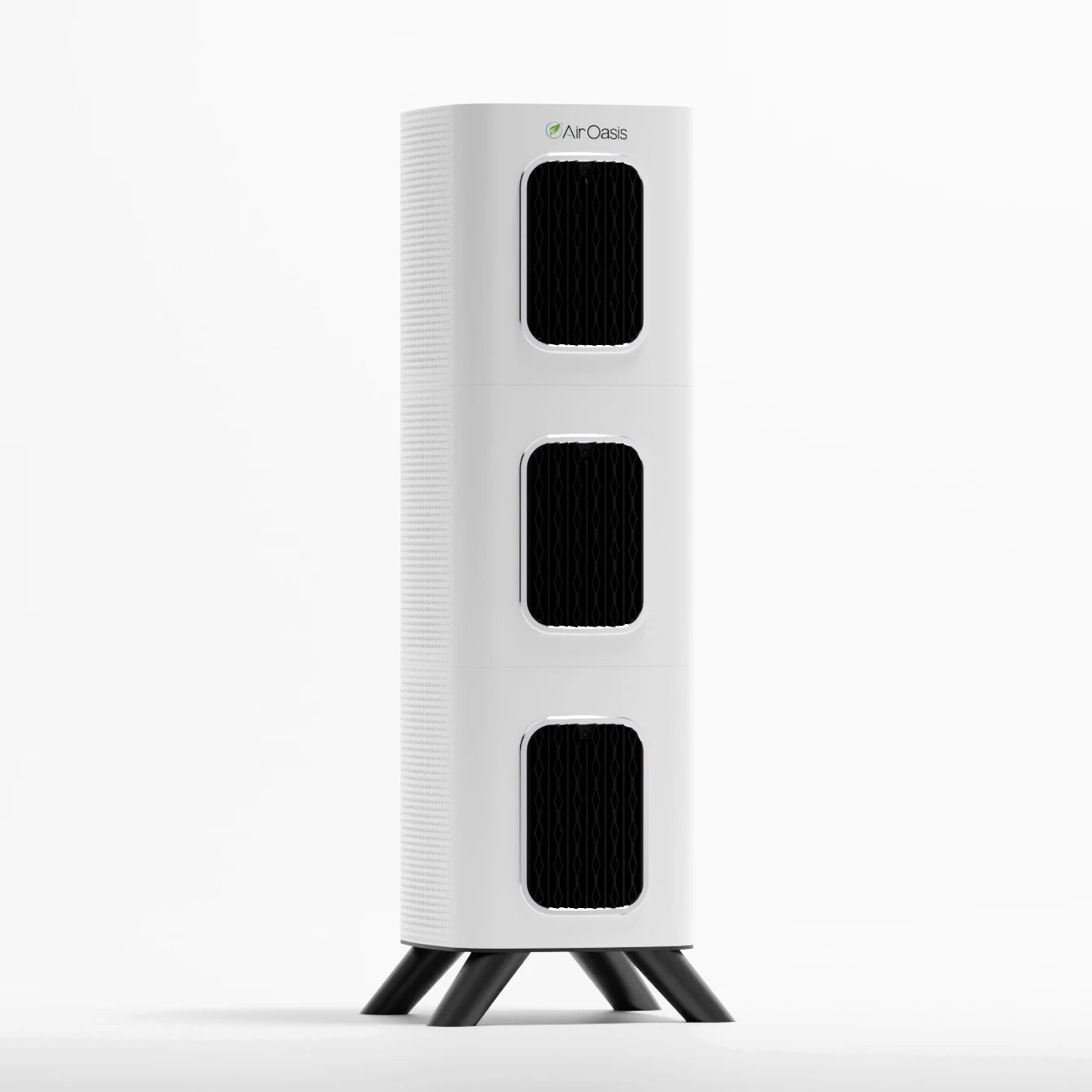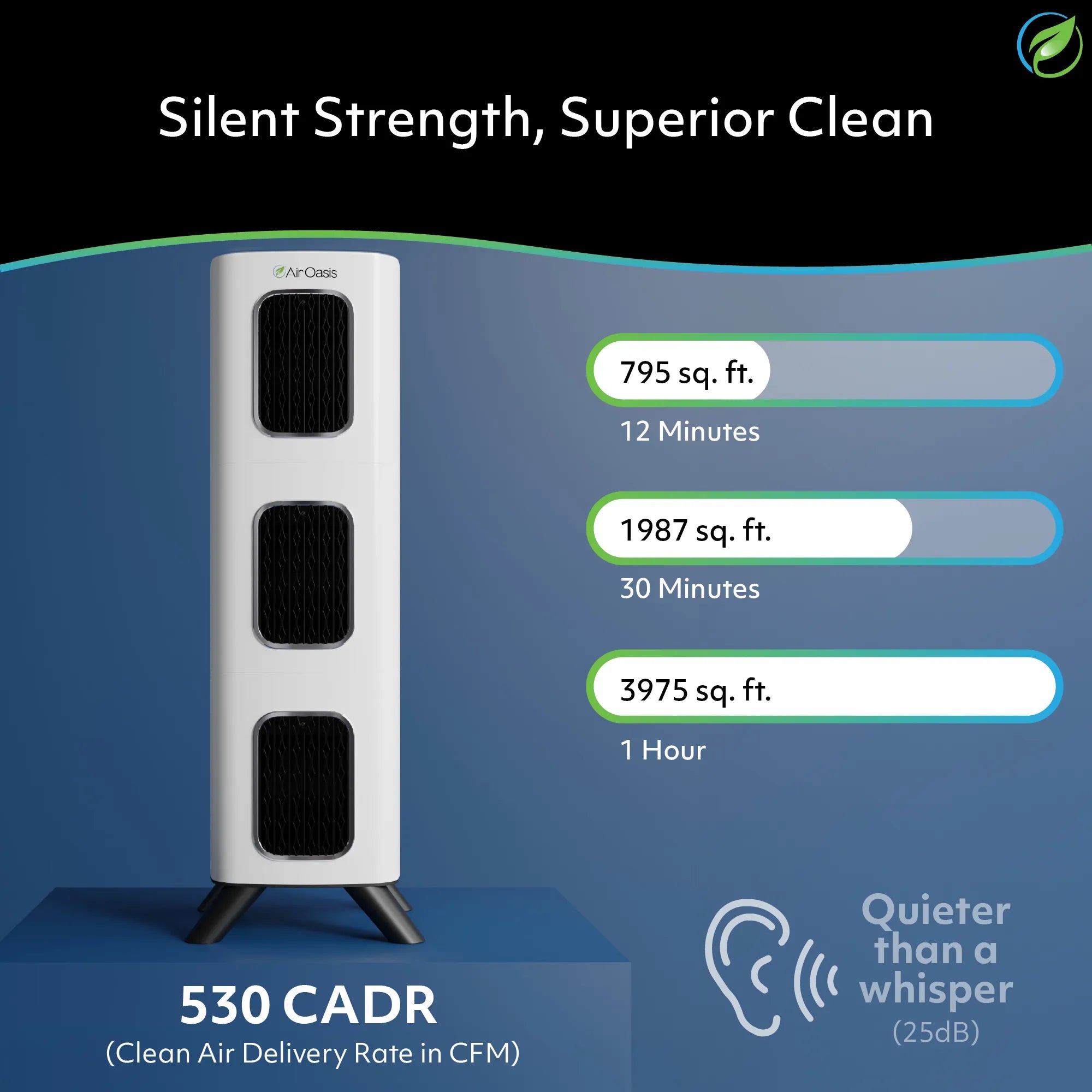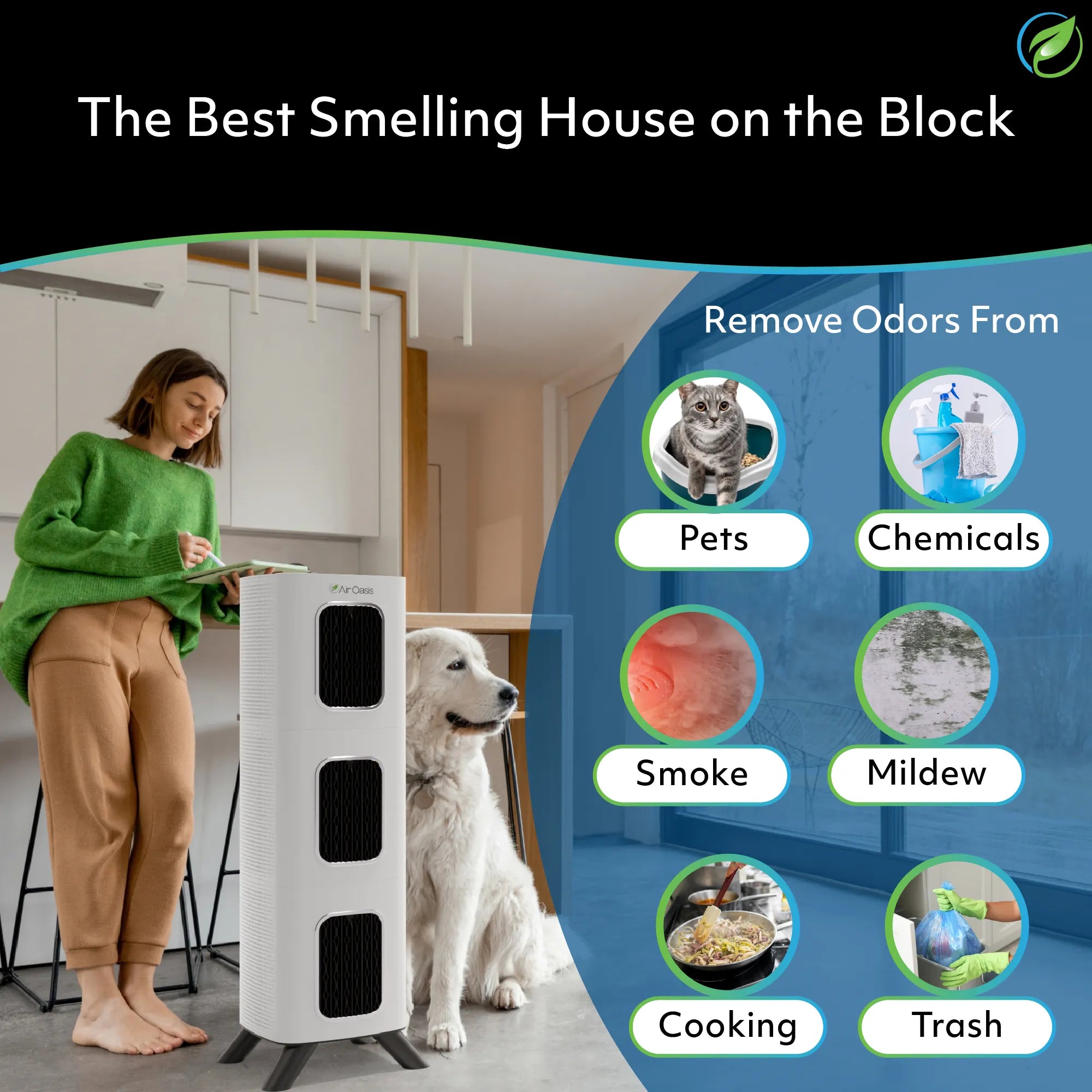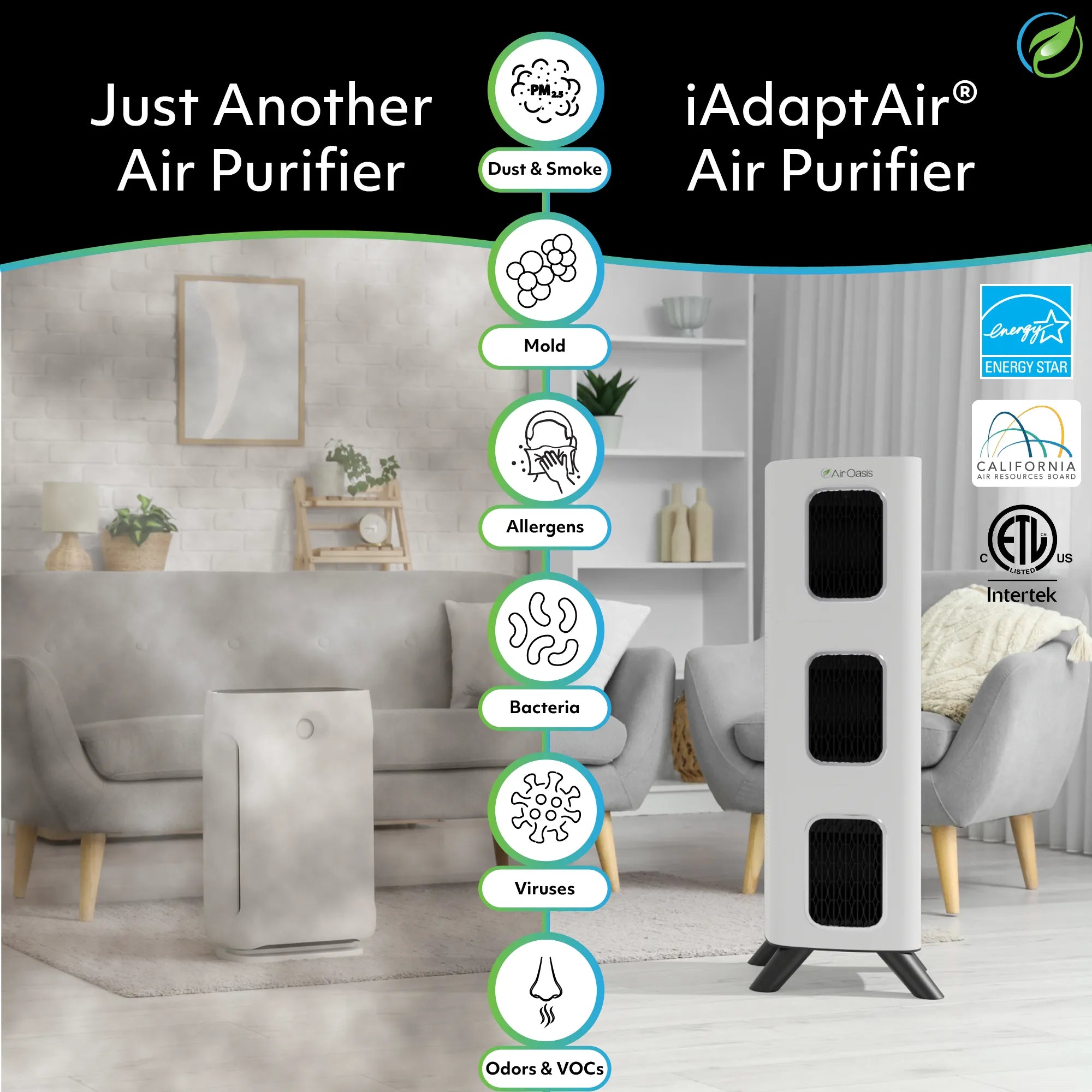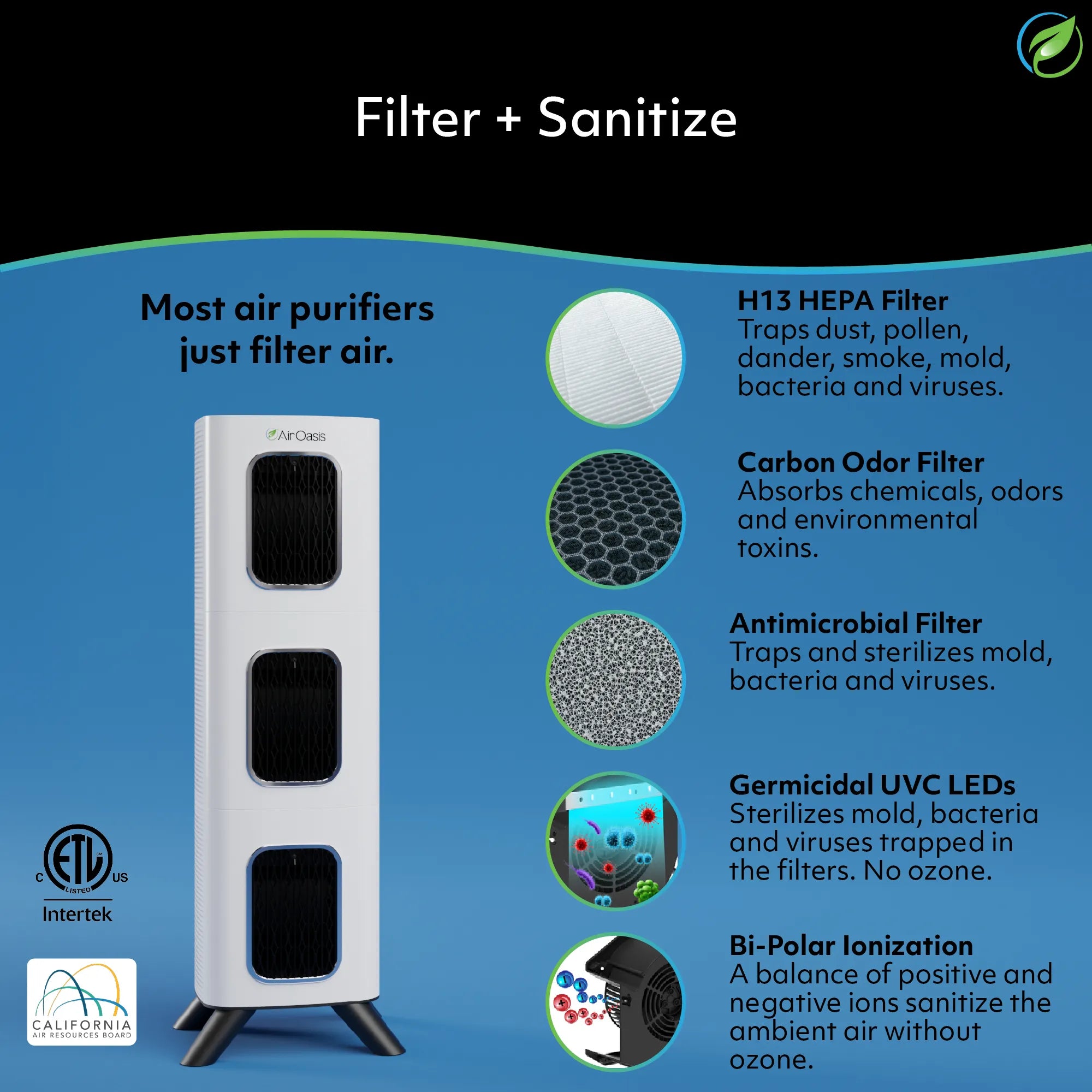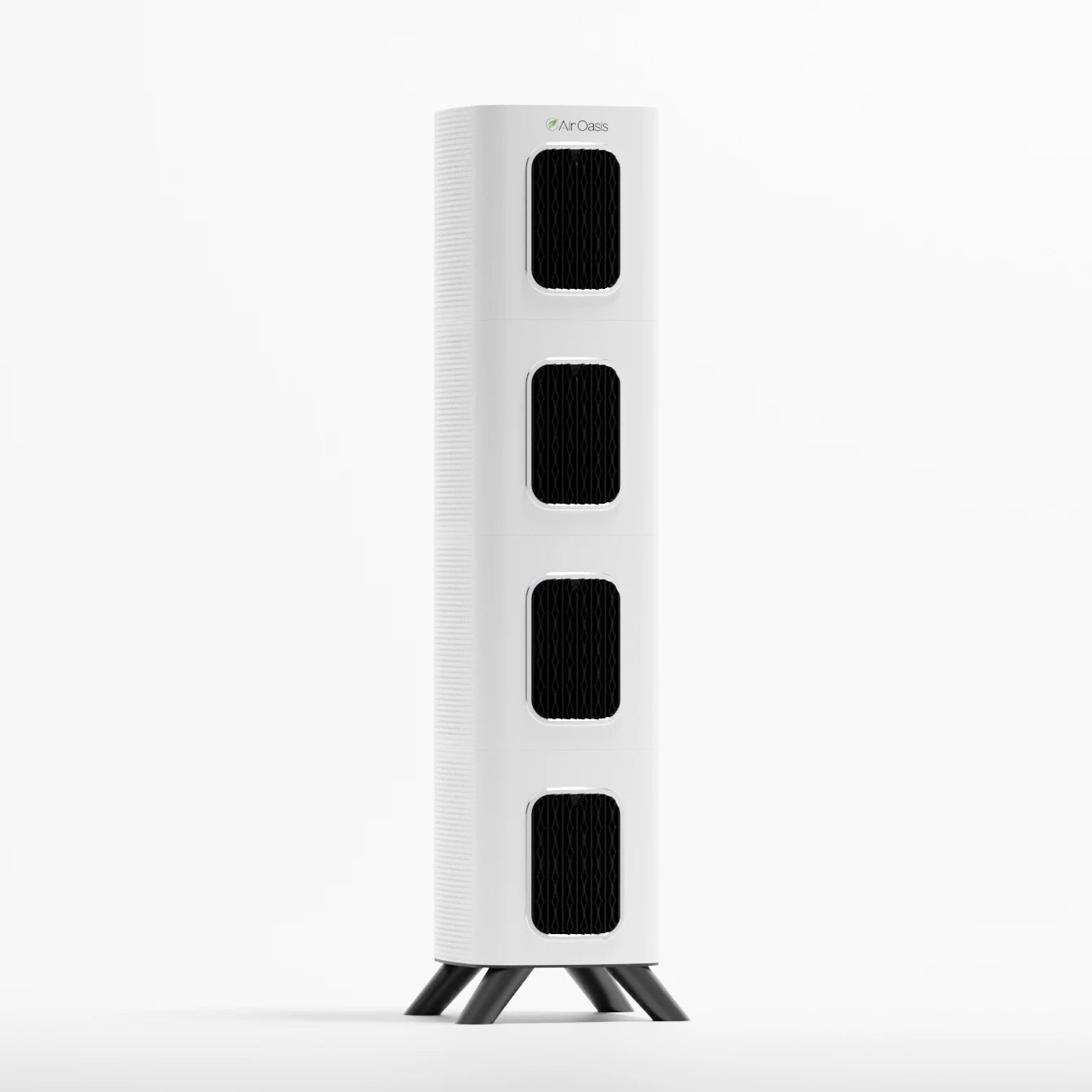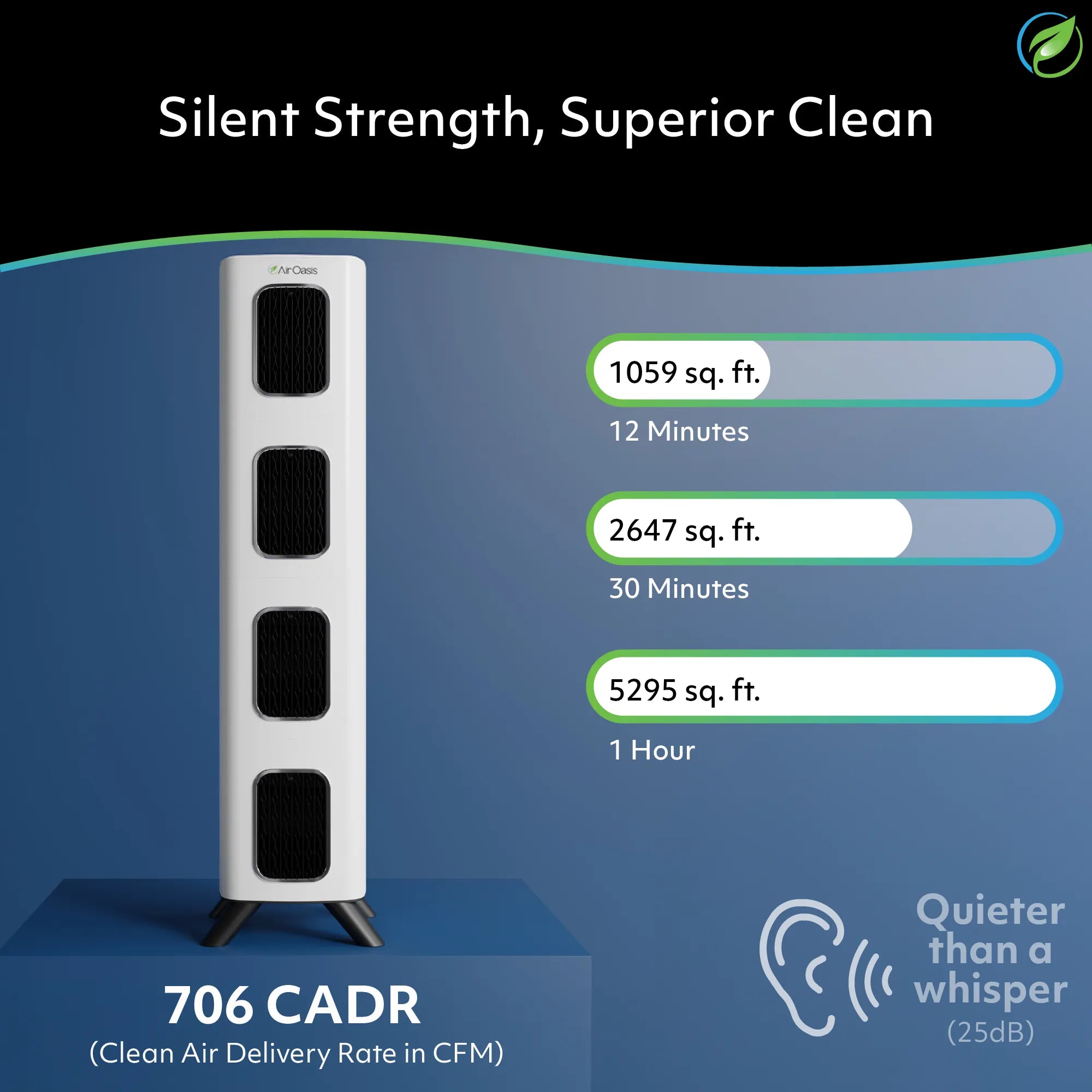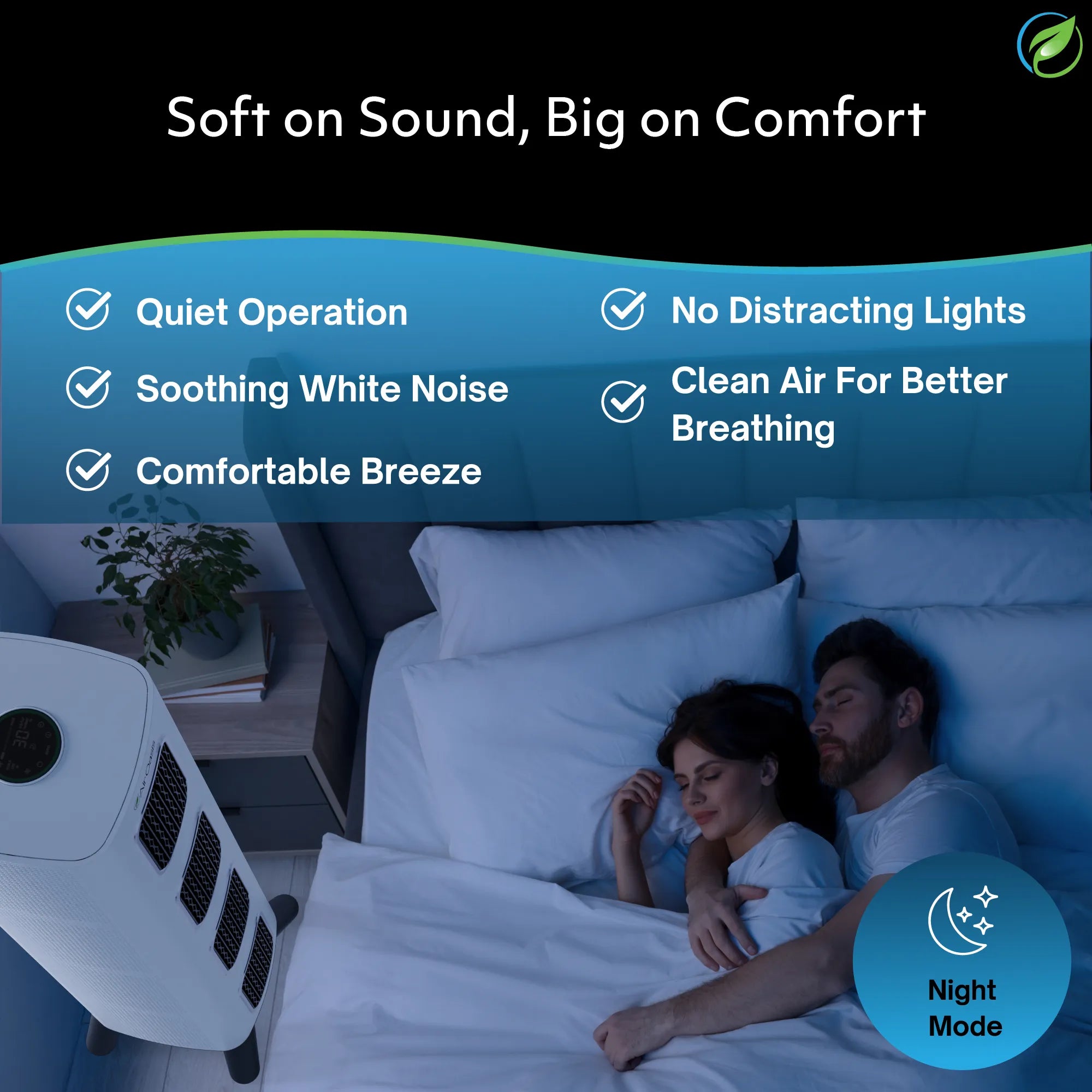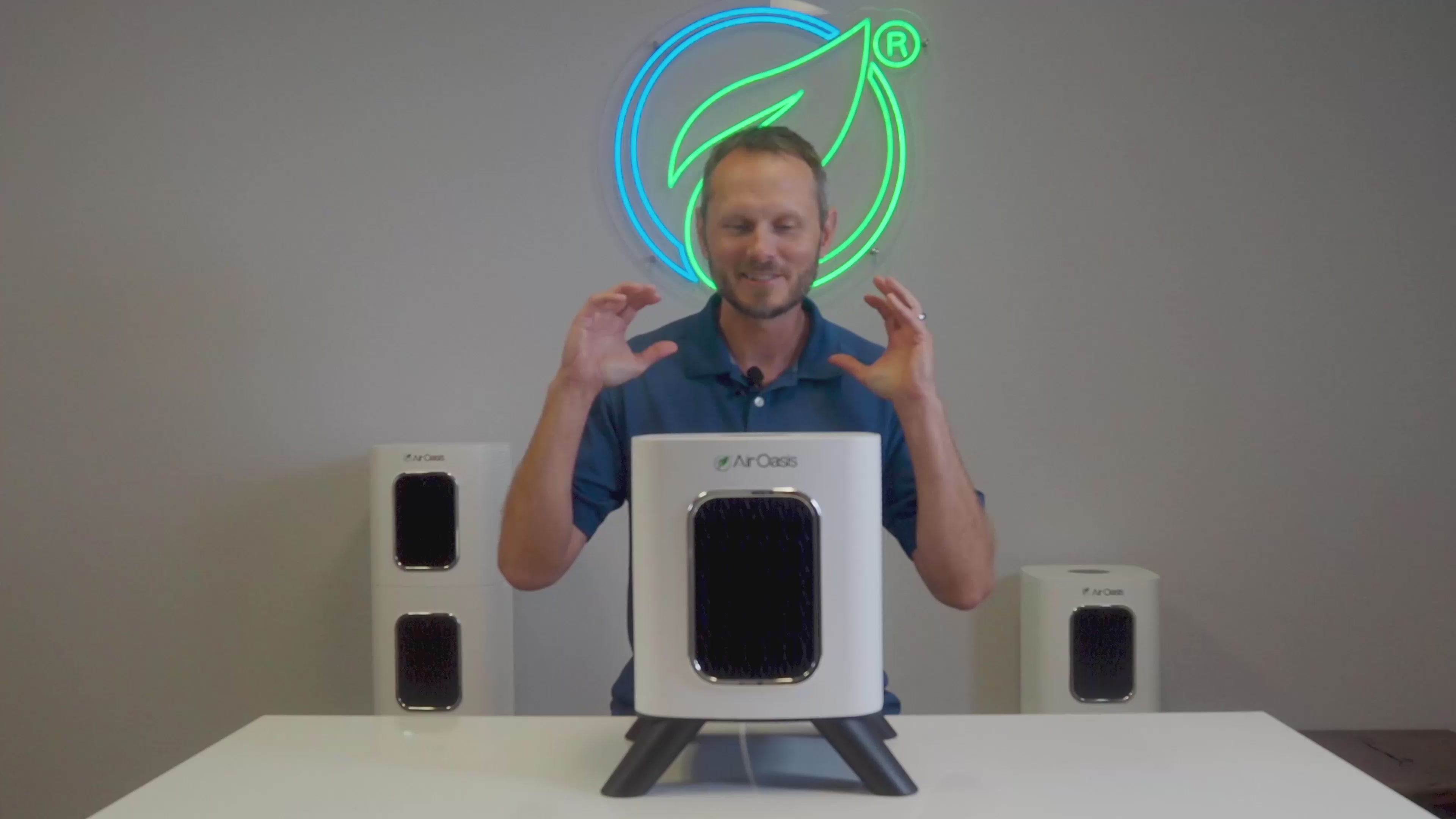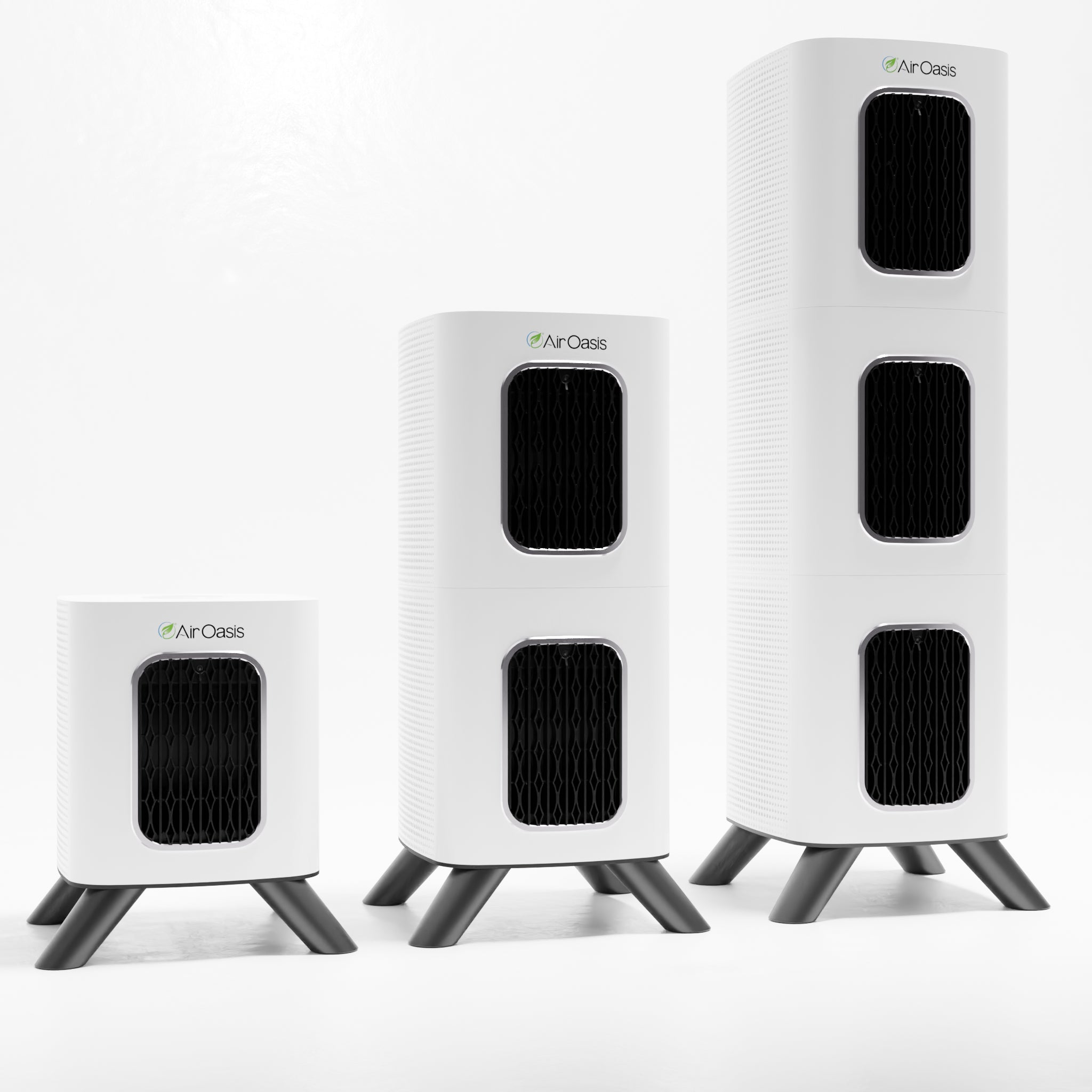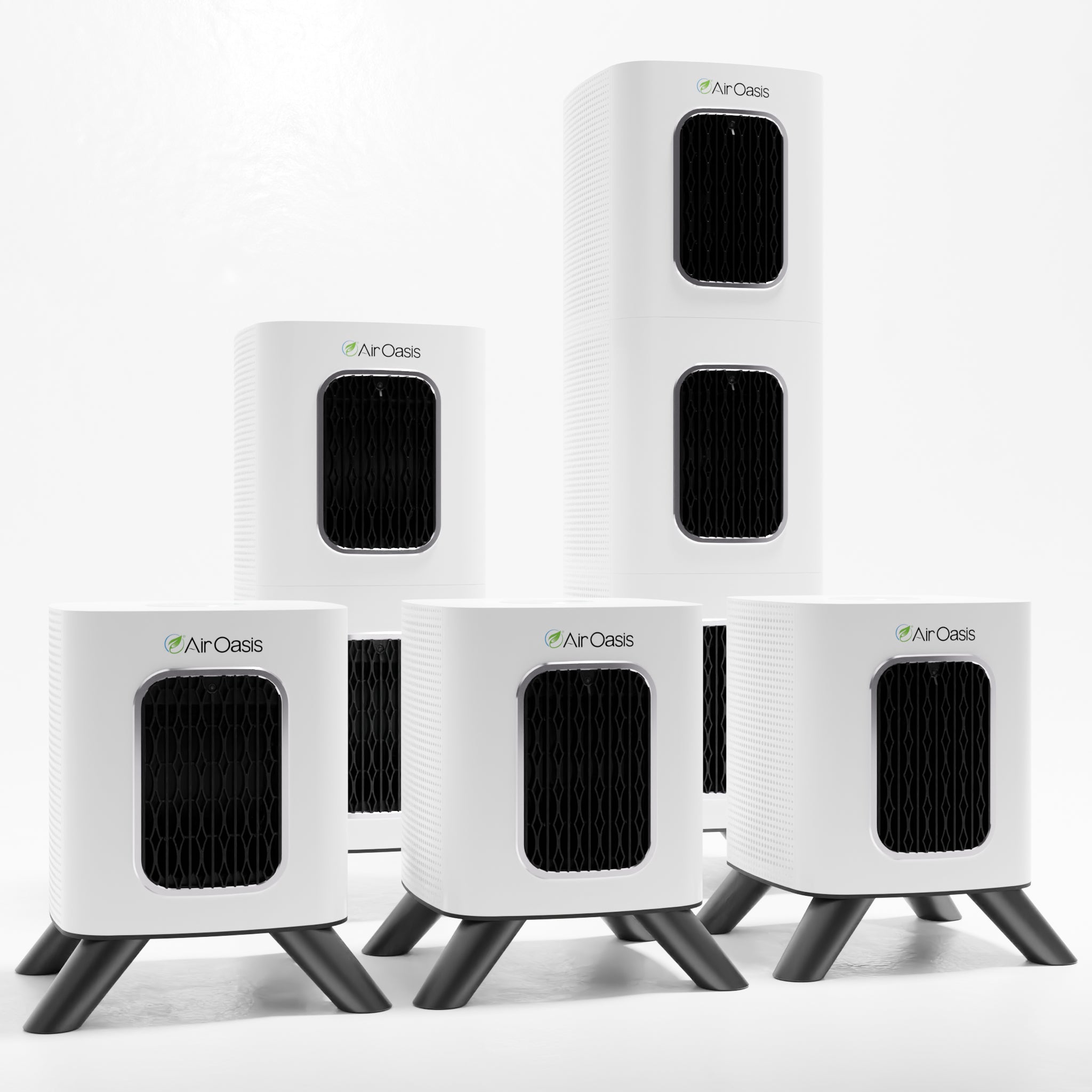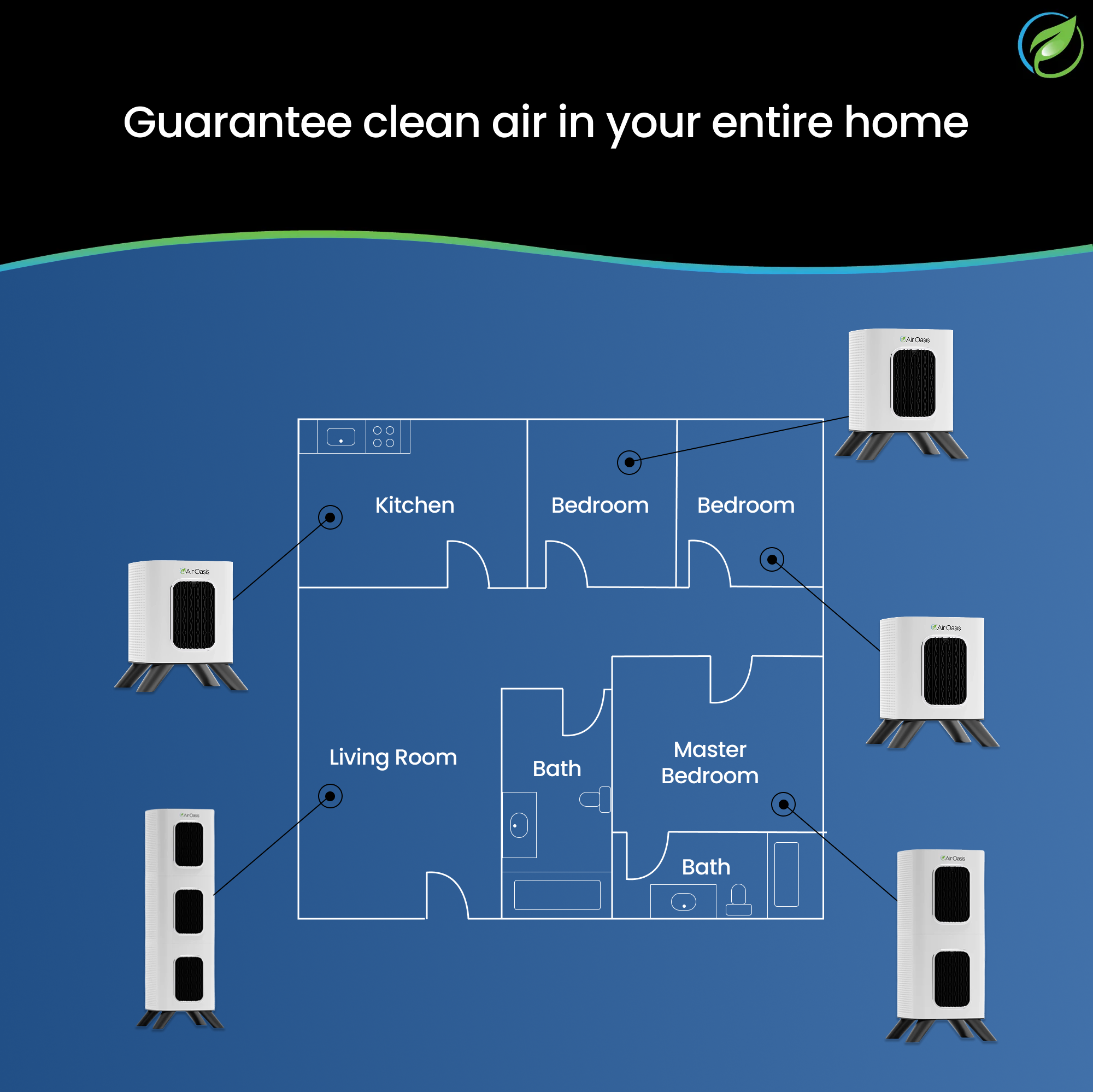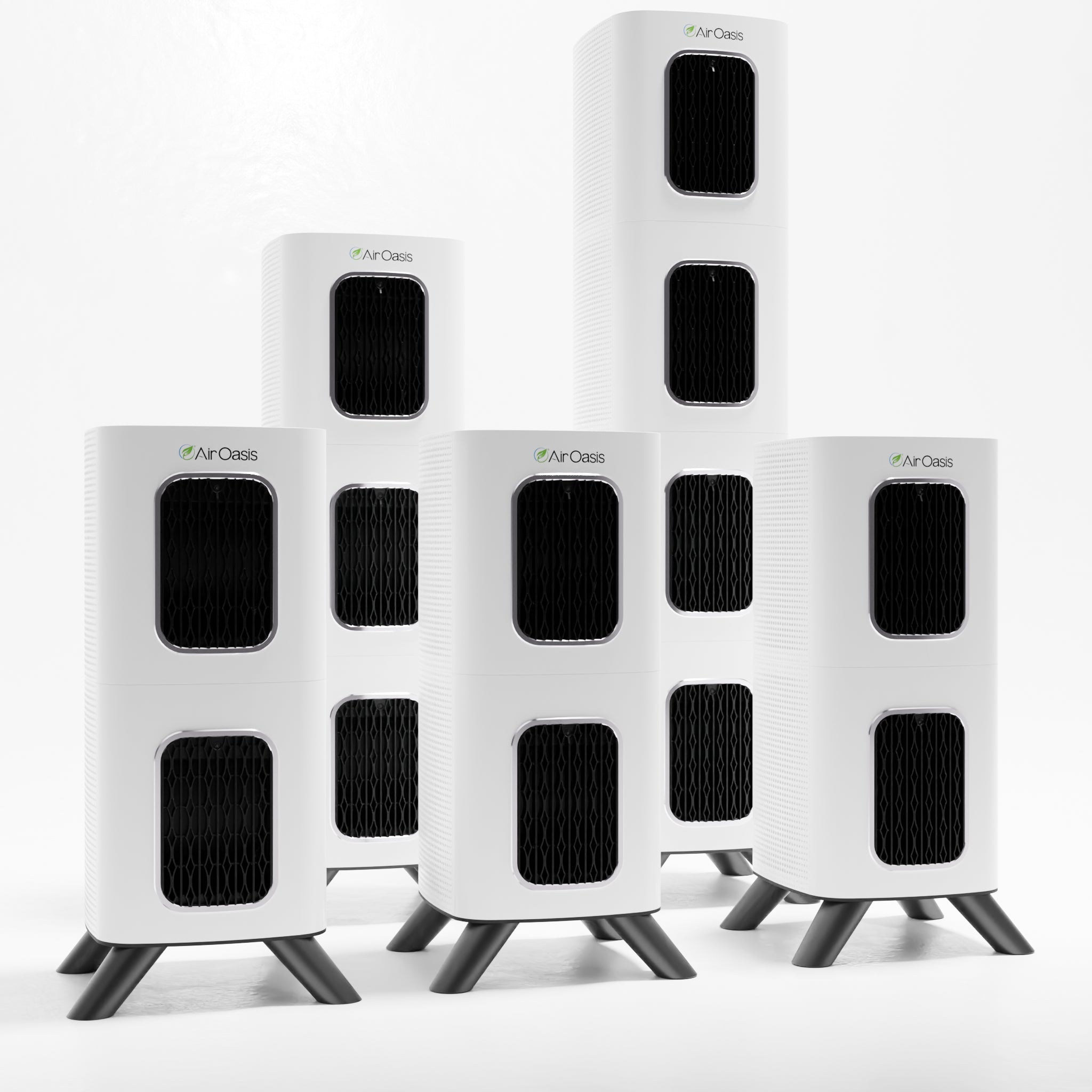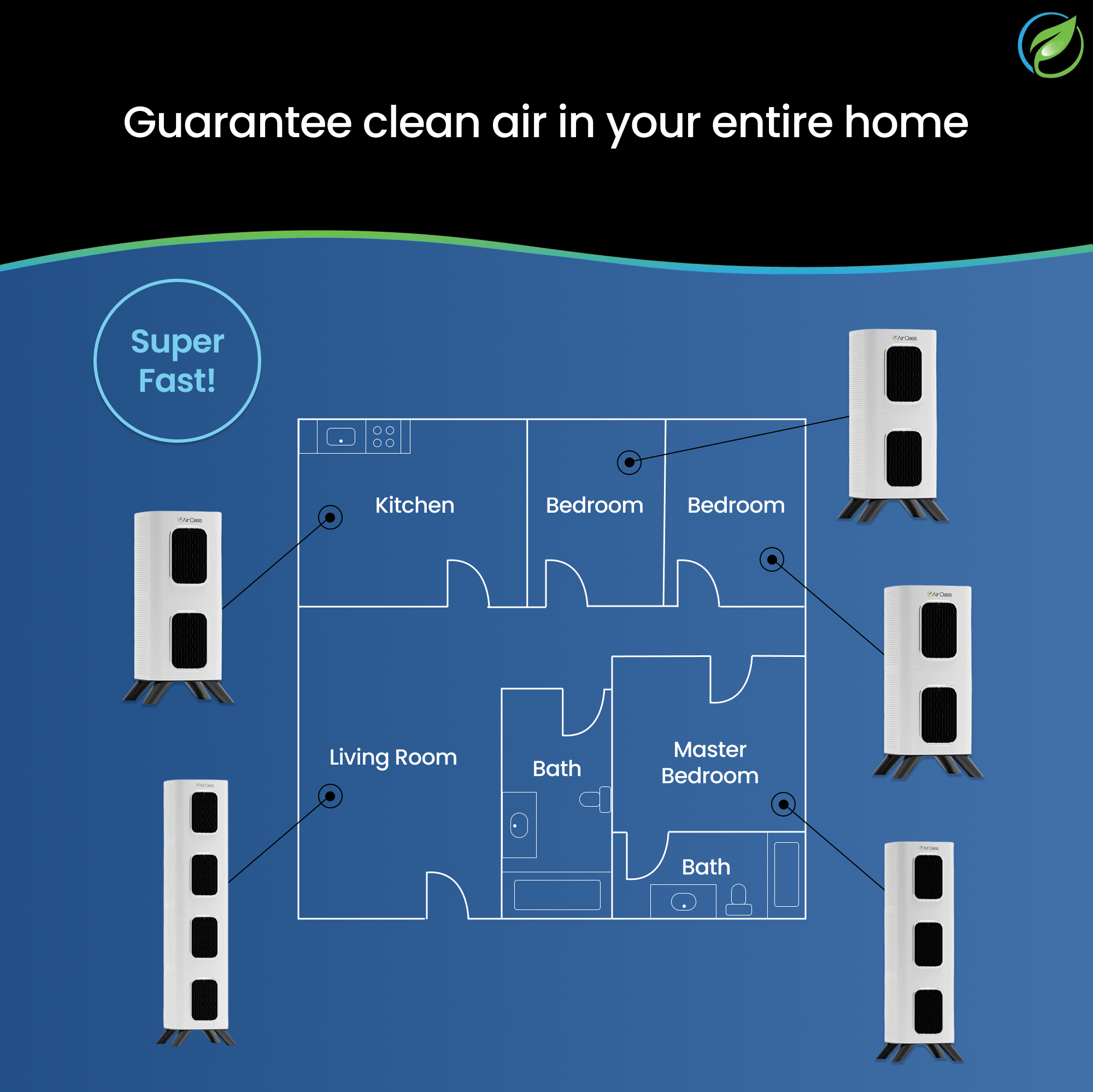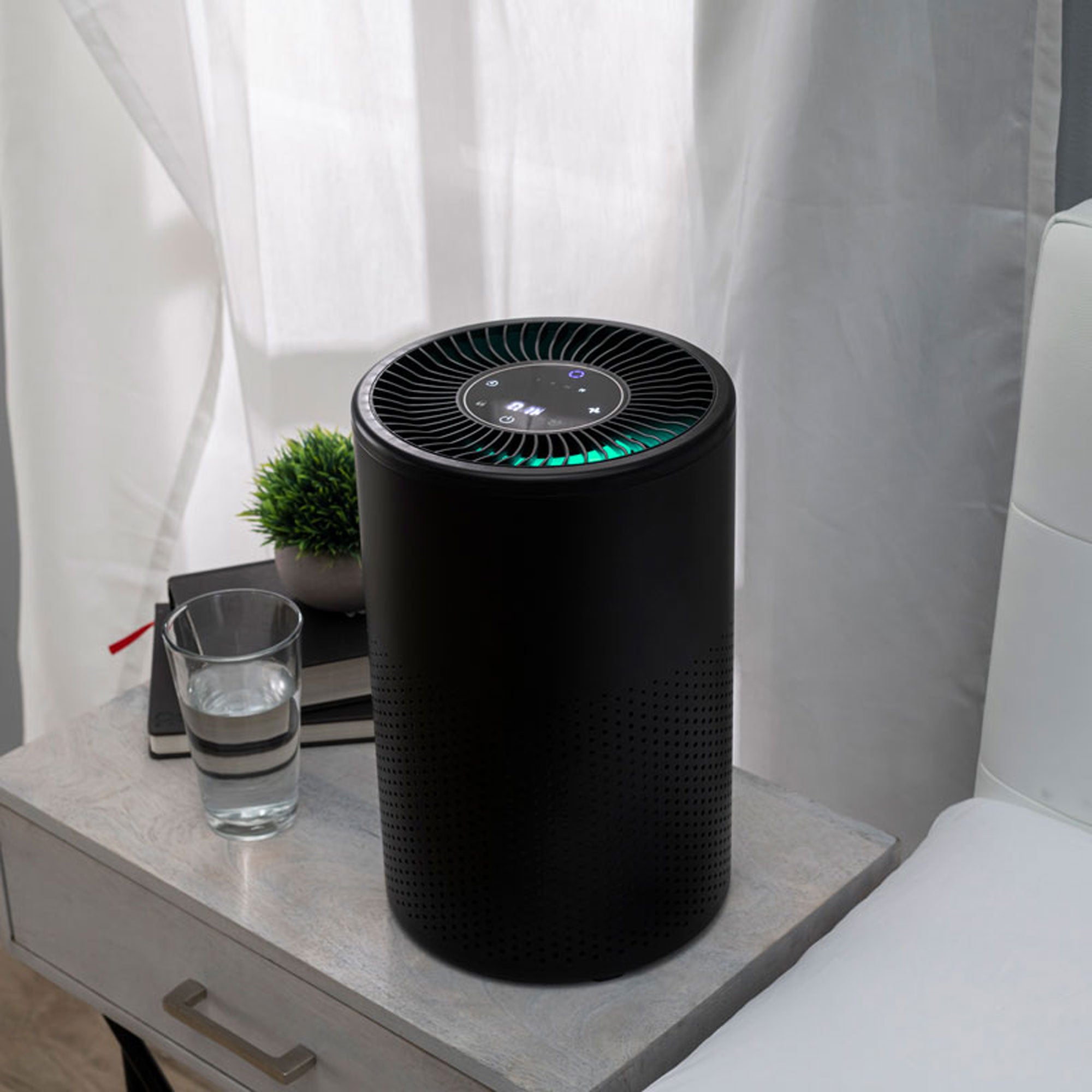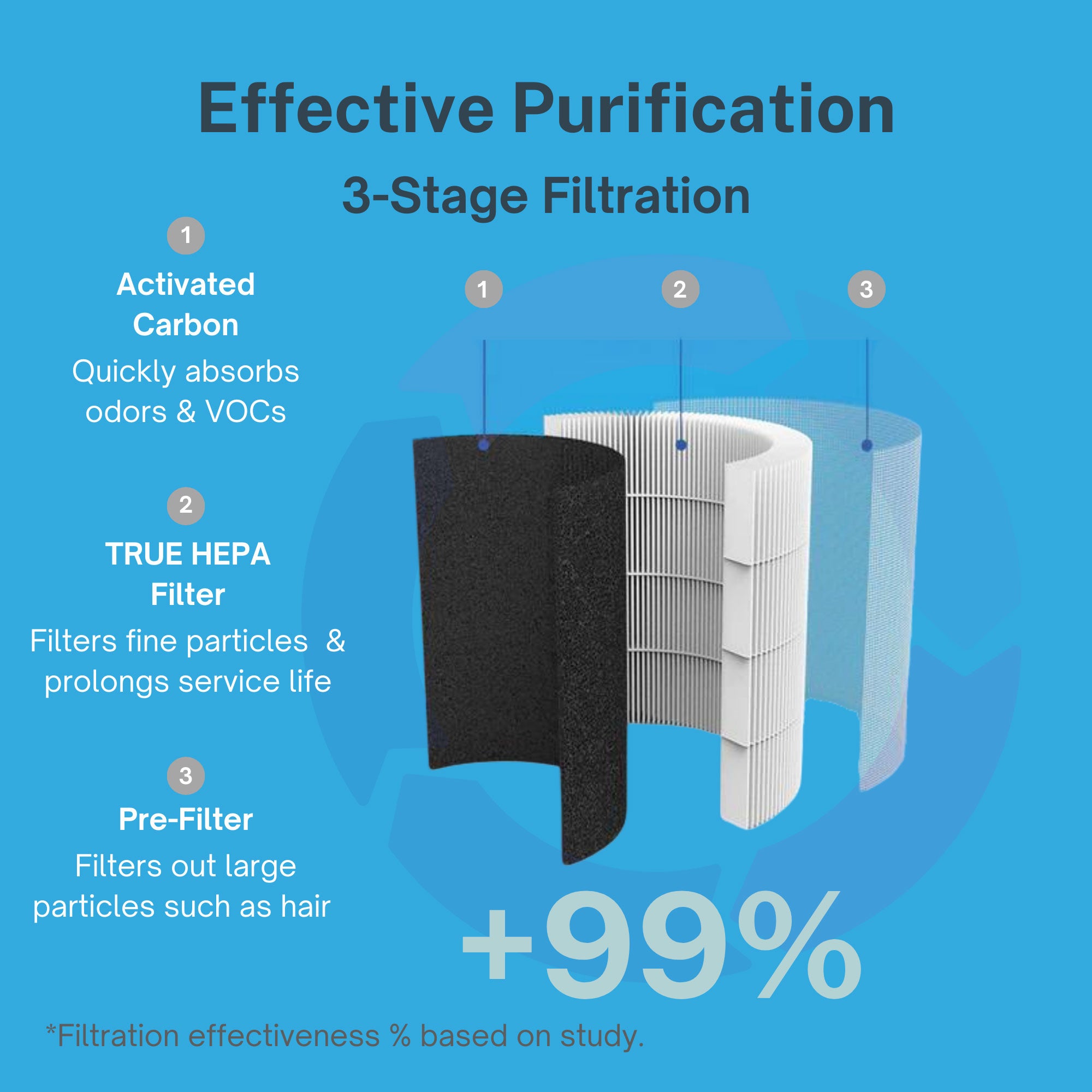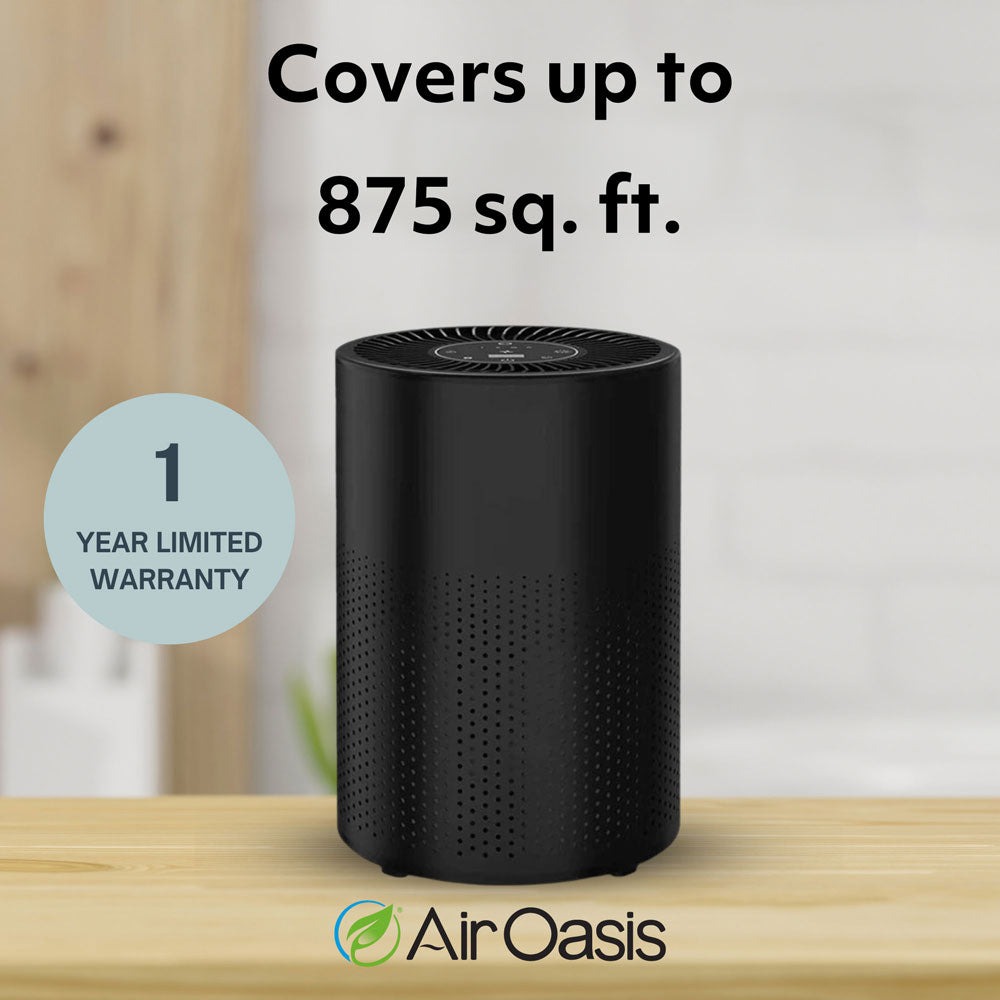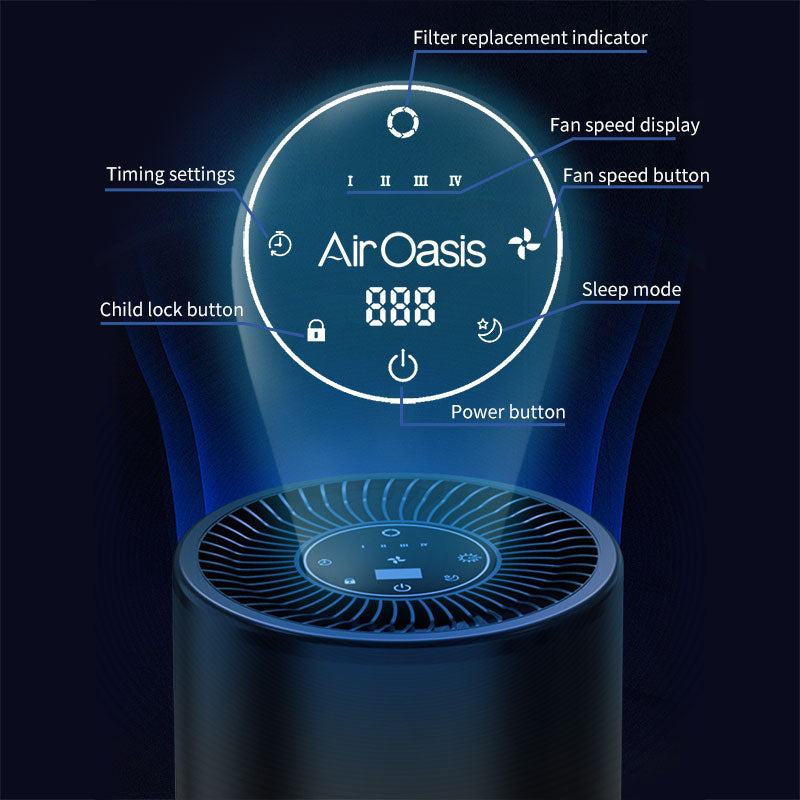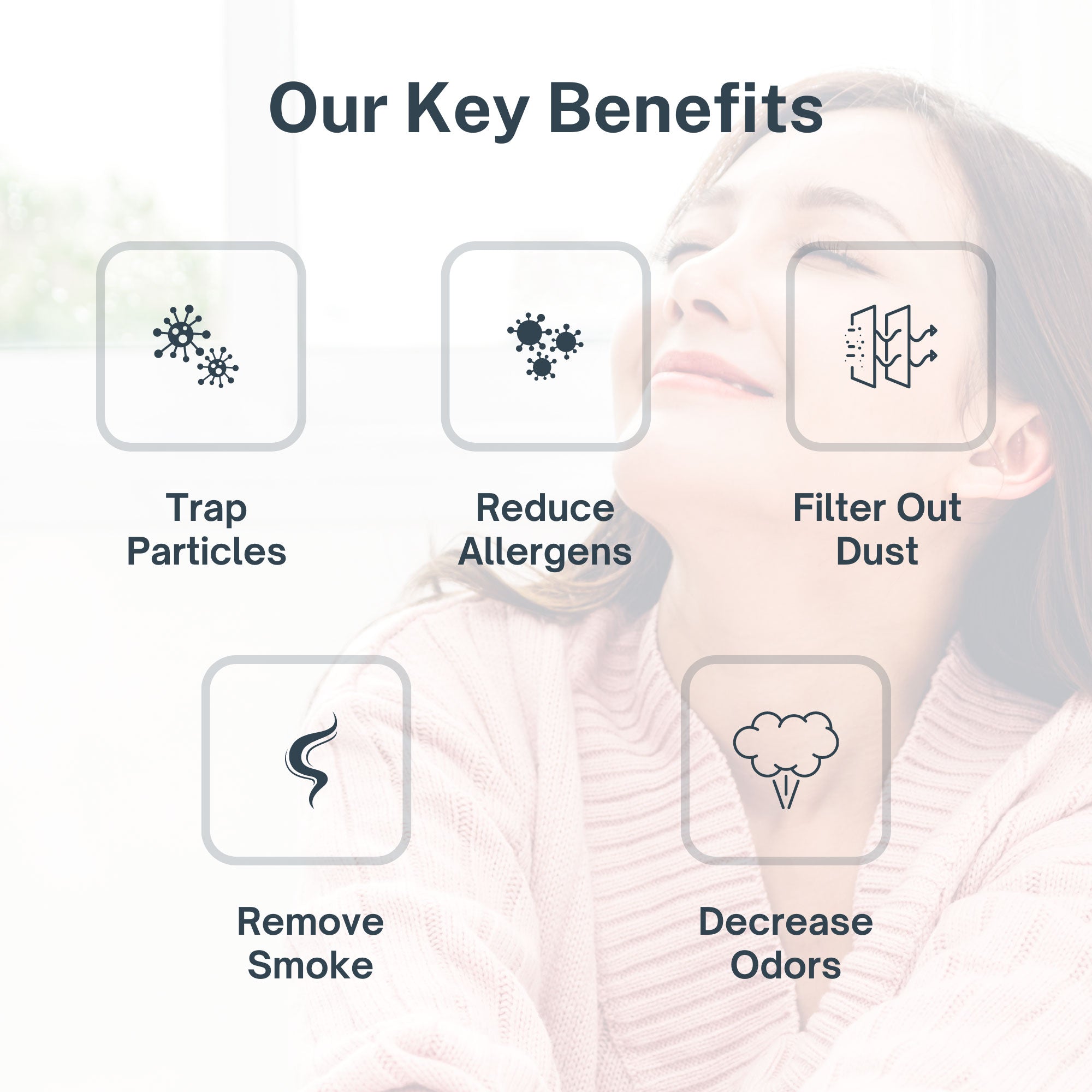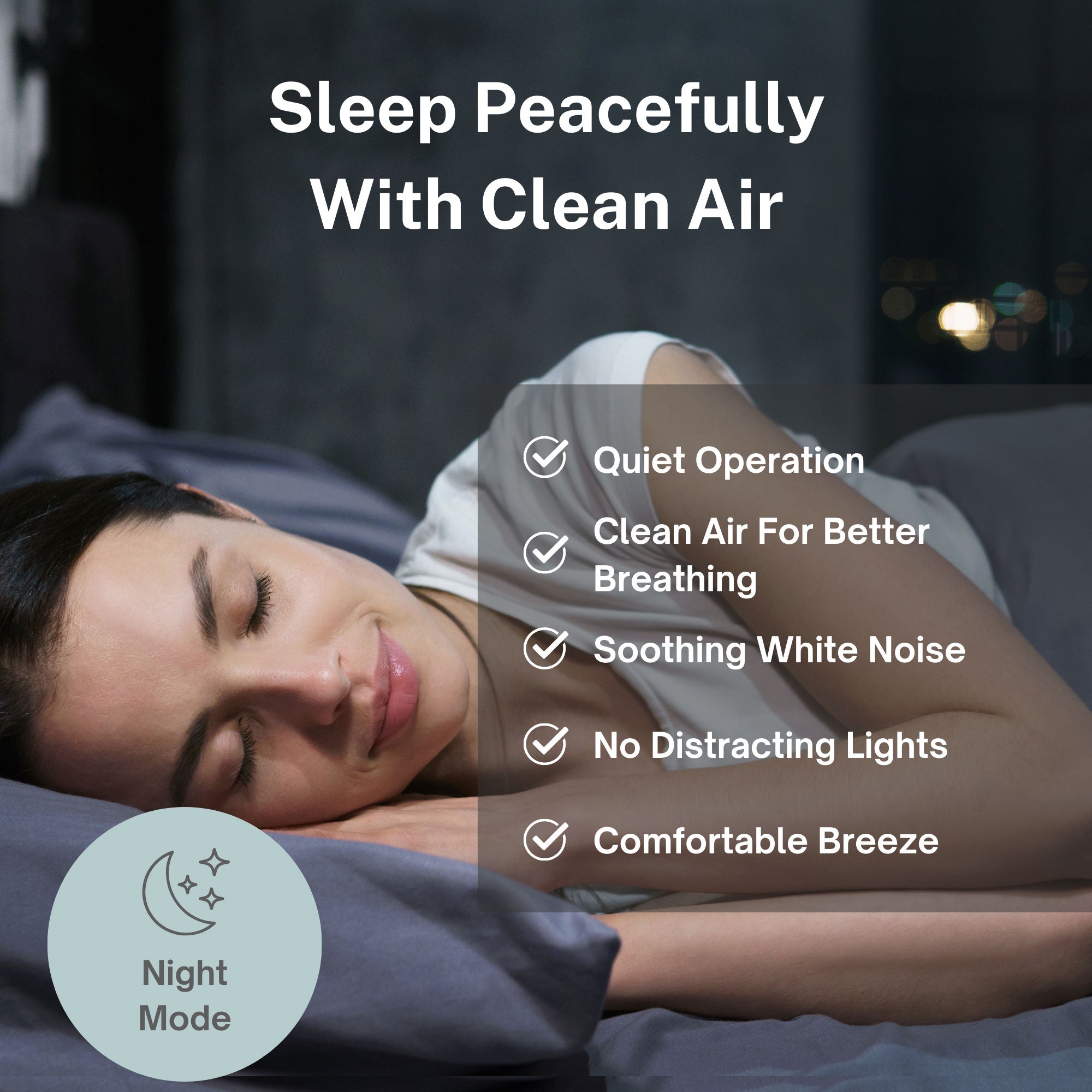A study published in Environmental Research has identified a significant association between long-term sulfur dioxide exposure and the development of amyotrophic lateral sclerosis. The research, conducted in New Brunswick, Canada, emerged after healthcare workers at a provincial ALS clinic noticed higher incidence rates of the neurodegenerative disease in their region. Researchers compared 304 individuals diagnosed with ALS to 1,207 healthy people of the same age and sex, examining estimated pollution levels at their primary residences over time. The findings suggest that subjects exposed to elevated sulfur dioxide levels had a 23% higher likelihood of being diagnosed with ALS years later.
What the Research Reveals About SO2 Exposure
The study specifically examined exposure to sulfur dioxide, a component produced by combustion of oil-based fuels and coal. Researchers focused on pollution levels present before ALS symptoms began appearing, comparing them to levels in the years preceding diagnosis. This temporal approach helps establish whether exposure preceded disease development rather than occurring simultaneously. Notably, all regions covered in the study fell within Canada's guidelines for clean air, suggesting that even exposure levels considered acceptable under current standards may present risks.
The research team also examined other common air pollutants including nitrogen dioxide, ozone, fine particulate matter, and particulate matter from smoke. However, these pollutants did not show significant associations with ALS development in the study population. Sulfur dioxide emerged as the pollutant with the strongest association, remaining significant in models examining exposure both five years and ten years prior to disease onset.
Sources of Sulfur Dioxide in the Environment
Sulfur dioxide enters the air through various combustion processes involving fossil fuels. High levels can result from mining activities, coal burning, and diesel-operated equipment. Industrial facilities, power generation plants, and heavy machinery using diesel fuel all contribute to atmospheric SO2 concentrations. The compound represents a major pollutant from fossil fuel extraction and use, making it prevalent in areas with industrial activity, power plants, or significant diesel vehicle operation.
The study's findings align with previous research showing positive associations between occupational diesel exhaust exposure and ALS development. Sulfur dioxide constitutes one component of diesel exhaust, and researchers have observed that it may have synergistic effects on neurodegeneration mechanisms when interacting with fine particulate matter. This suggests that the health impacts of air pollution may involve complex interactions between multiple compounds rather than single pollutant effects.
Air Pollution and Neurological Health
Air pollutants have demonstrated associations with various neurodegenerative diseases beyond ALS. Fine particles from industrial activities and combustion can induce systematic inflammation when inhaled, potentially disrupting blood-brain barrier integrity and causing oxidative stress in the nervous system. Air pollution exposure affects multiple body systems, with particular concern for respiratory and cardiovascular health as well as neurological function.
ALS is a rare neurological disease causing progressive loss of voluntary muscle function, with approximately one to two new cases per 100,000 persons annually worldwide. About 90% of cases have no known familial history and are considered sporadic with no identified cause. The disease's etiology remains incompletely understood, leading researchers to hypothesize that interactions between genetic traits and environmental factors may trigger disease development.
Protecting Indoor Air From Outdoor Pollutants
While the study examined outdoor air pollution exposure, sulfur dioxide and other combustion-related pollutants infiltrate indoor environments through ventilation systems, windows, and building openings. For individuals living near industrial facilities, power plants, or areas with significant diesel equipment operation, outdoor pollution becomes an indoor air quality concern. Understanding comprehensive indoor air protection becomes essential when outdoor pollution sources exist in your community.
Medical-grade air purification with activated carbon filtration addresses gaseous pollutants like sulfur dioxide that physical filters alone cannot capture. HEPA filtration handles particulate matter that may accompany SO2 emissions from combustion sources. Multi-stage filtration systems provide comprehensive protection against the range of pollutants that industrial and transportation sources release into the air. For families living in areas with mining activities, power generation facilities, or heavy diesel equipment use, indoor air purification creates a buffer between outdoor pollution exposure and respiratory health.
Creating Protected Indoor Environments
The research highlights that even air pollution levels within current regulatory guidelines may present health concerns over long-term exposure periods. While regulatory standards continue evolving based on emerging research, individuals can take immediate action to reduce their exposure through effective indoor air quality management. Air Oasis systems provide medical-grade filtration that addresses both gaseous pollutants like sulfur dioxide and particulate matter from combustion sources, creating cleaner indoor environments regardless of outdoor air quality conditions. Protecting your indoor air means reducing exposure to pollutants associated with serious health concerns. Shop Air Oasis today and take control of the air your family breathes.
Frequently Asked Questions About Sulfur Dioxide and Indoor Air Quality
Here is some additional info.
What creates sulfur dioxide pollution?
Sulfur dioxide forms during combustion of fossil fuels, particularly coal burning and diesel fuel use in industrial equipment, power generation, and heavy machinery operations in mining and manufacturing sectors.
Can indoor air purifiers remove sulfur dioxide?
Yes, air purification systems with substantial activated carbon filtration effectively capture gaseous pollutants like sulfur dioxide, preventing these compounds from circulating through indoor living spaces.
What health effects does sulfur dioxide cause?
Research has associated long-term sulfur dioxide exposure with increased risk of neurodegenerative disease development, while acute exposure causes respiratory irritation and breathing difficulties, particularly for people with asthma.






